
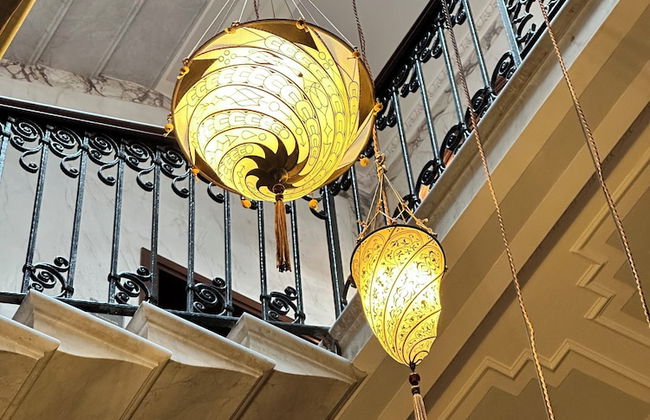
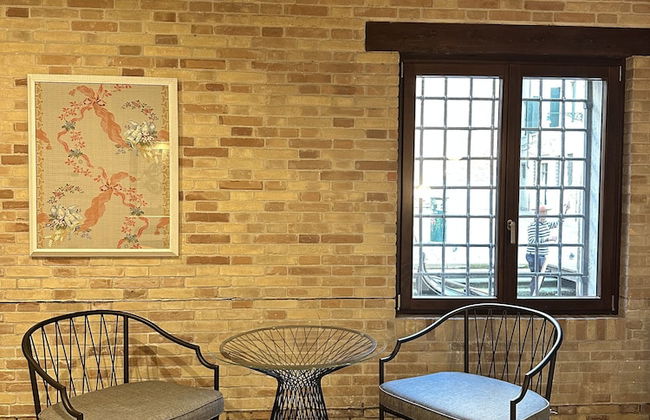

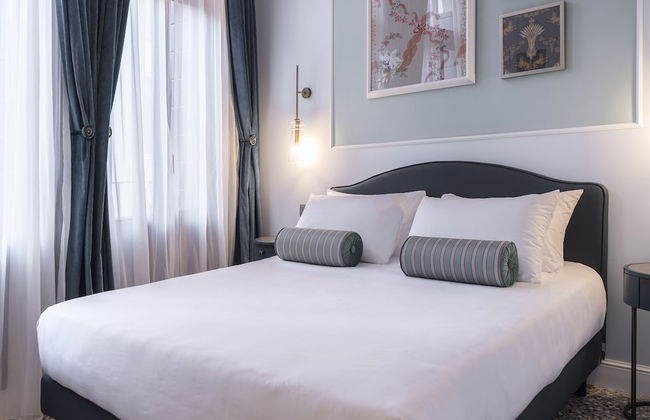
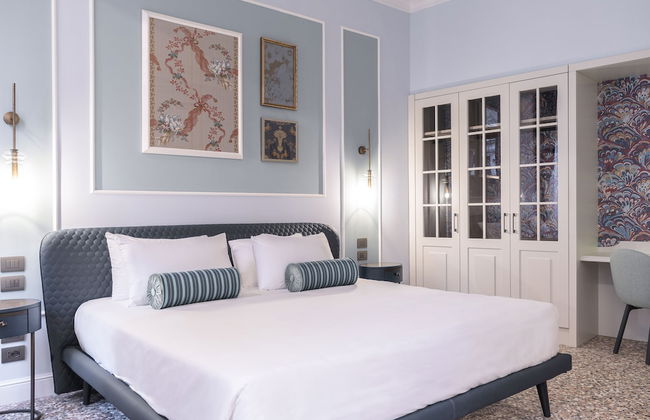

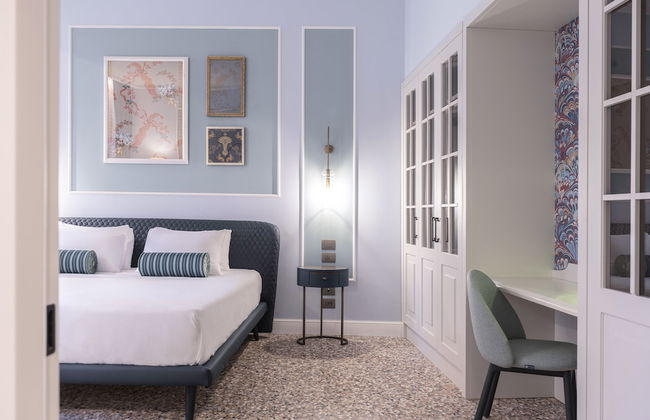


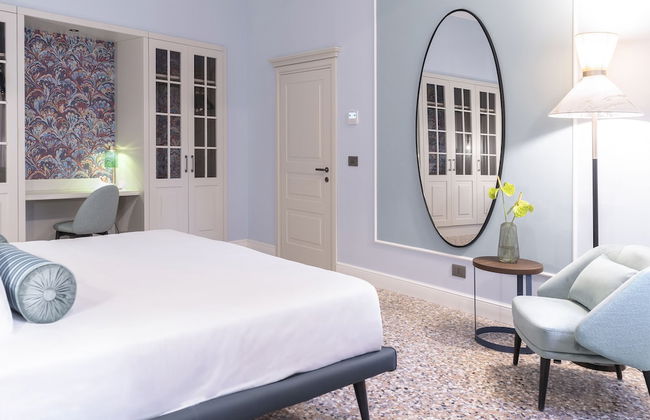

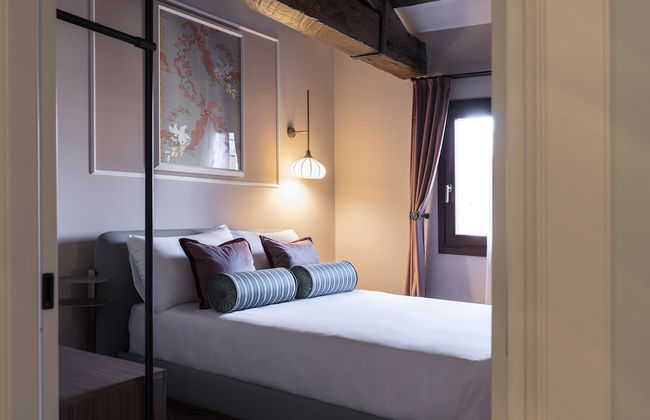
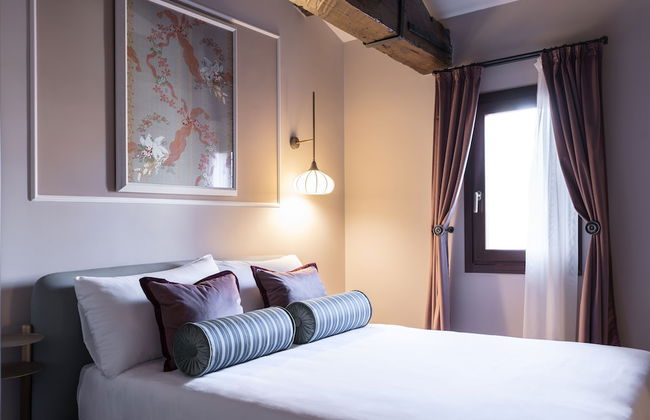

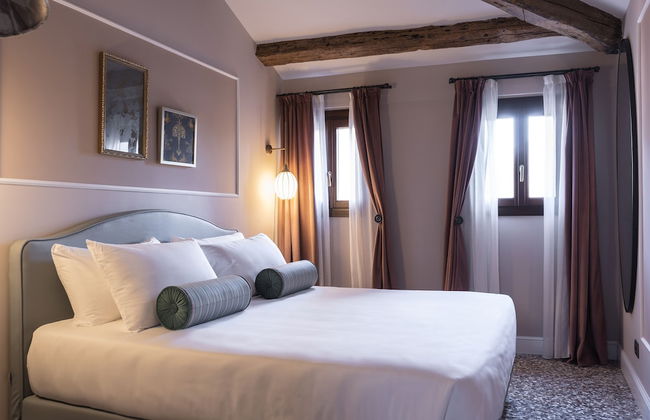
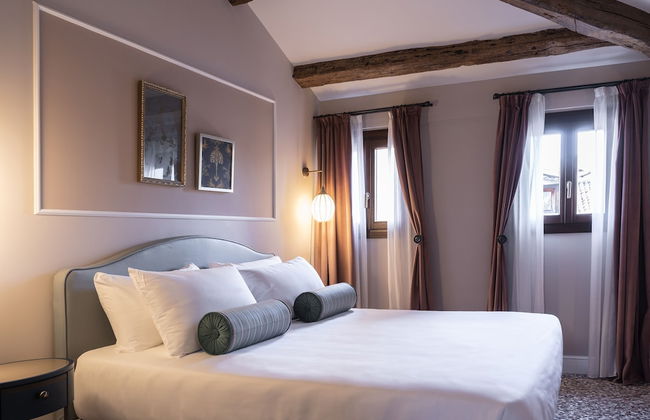
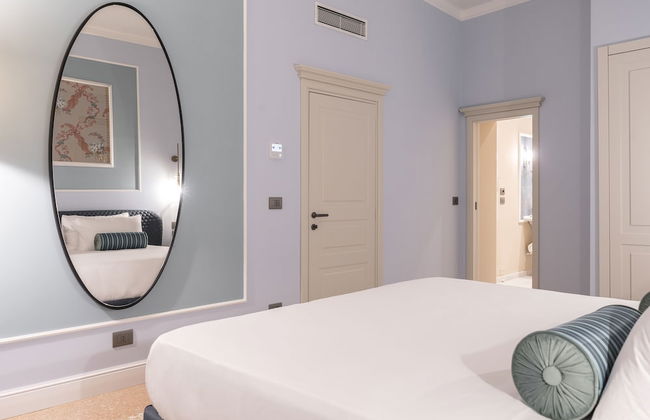
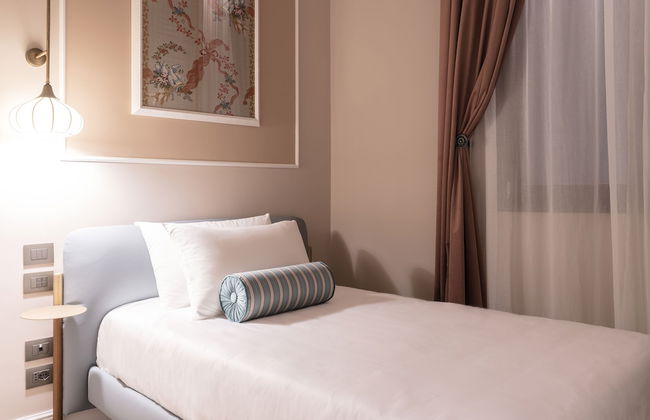
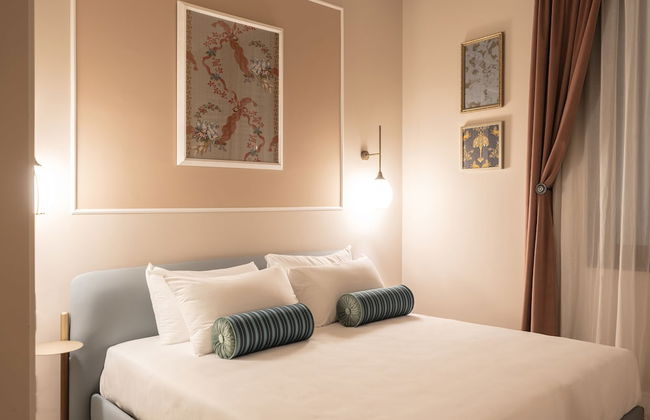

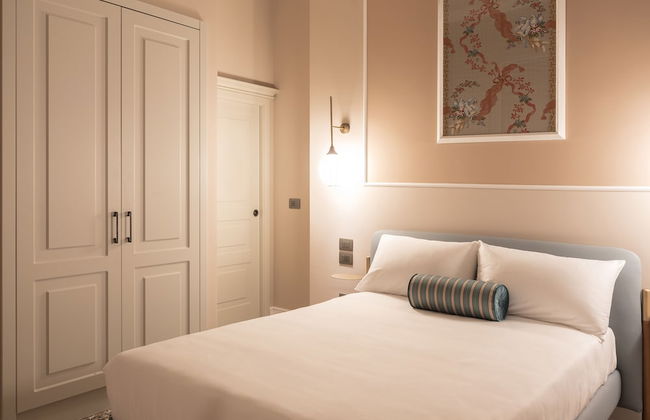

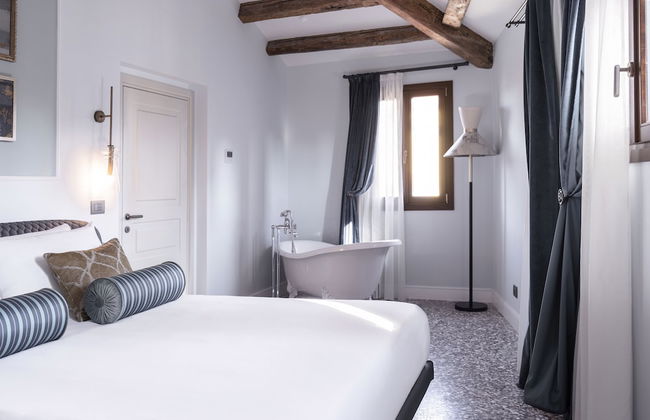
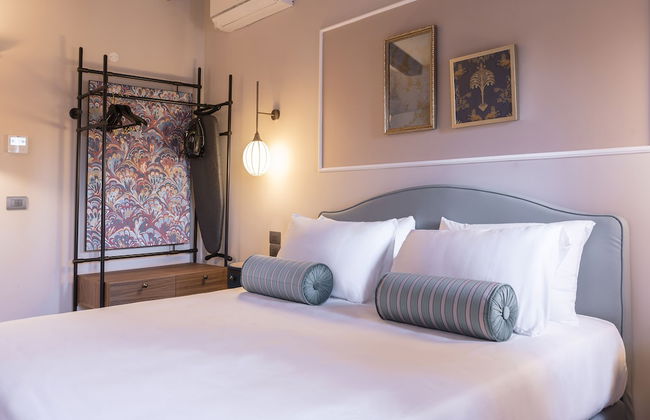
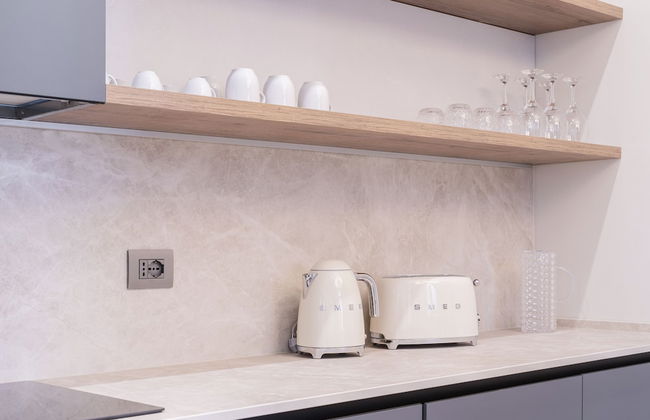
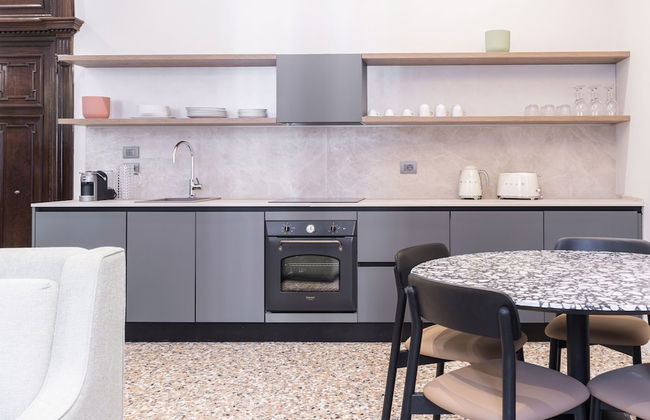
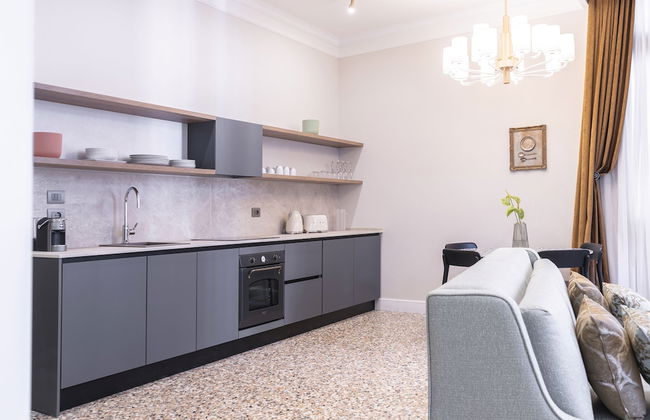
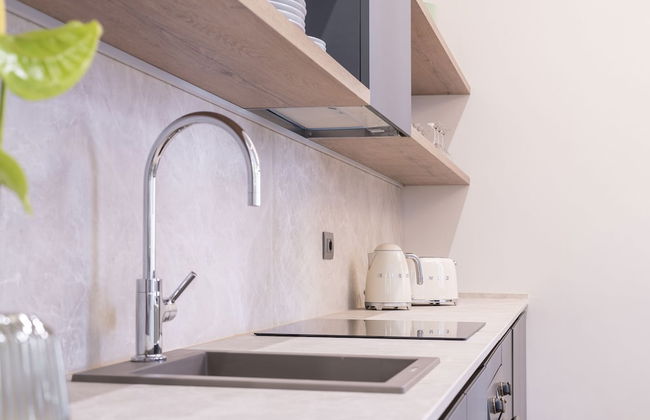


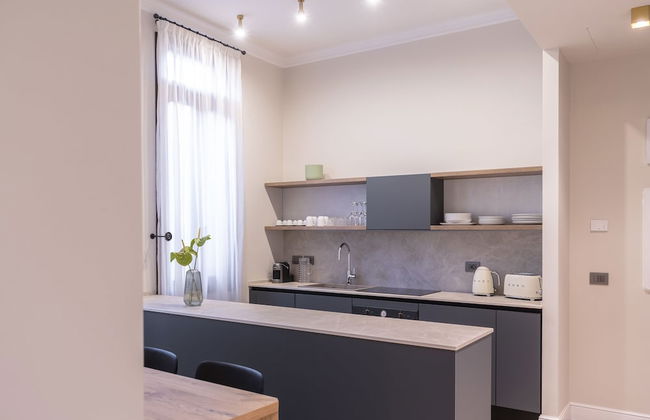
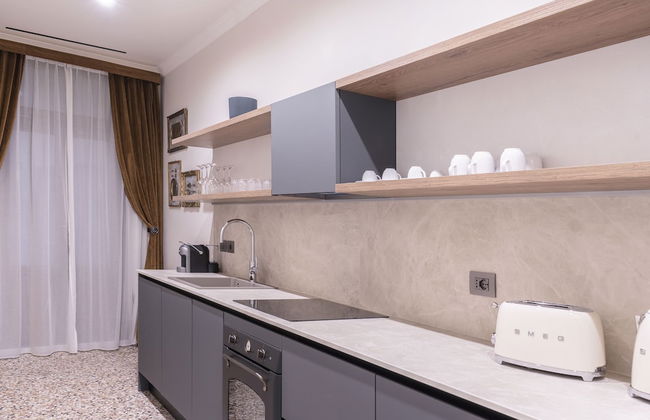
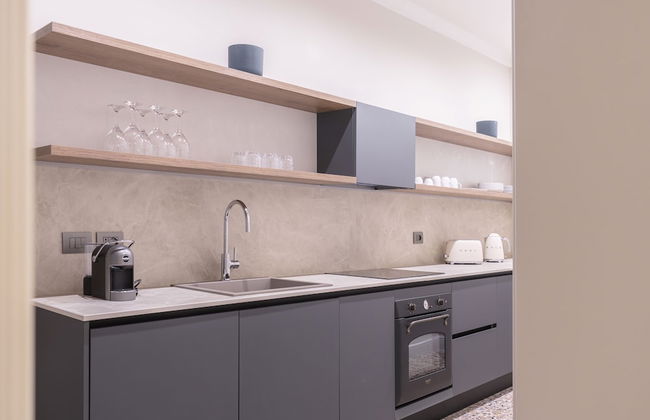
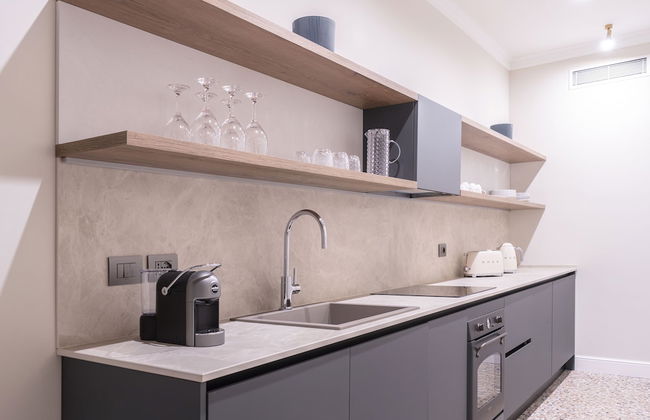
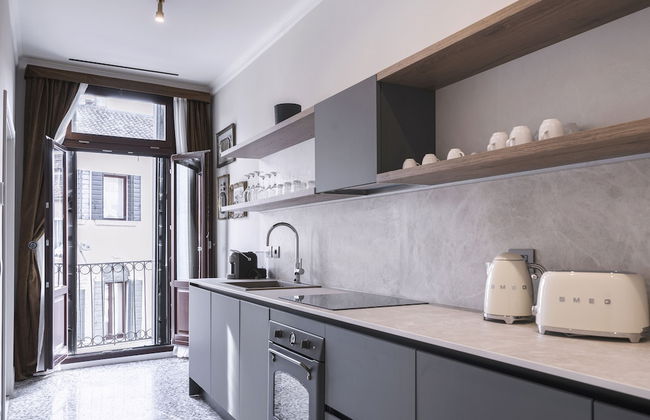
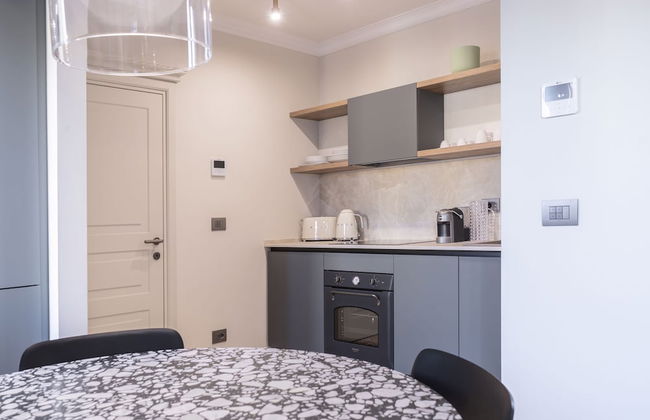
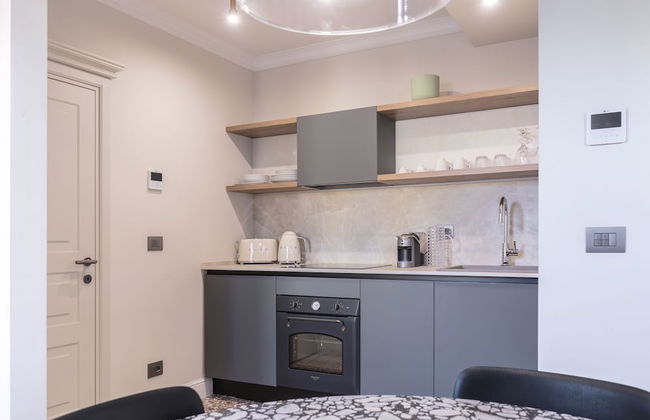
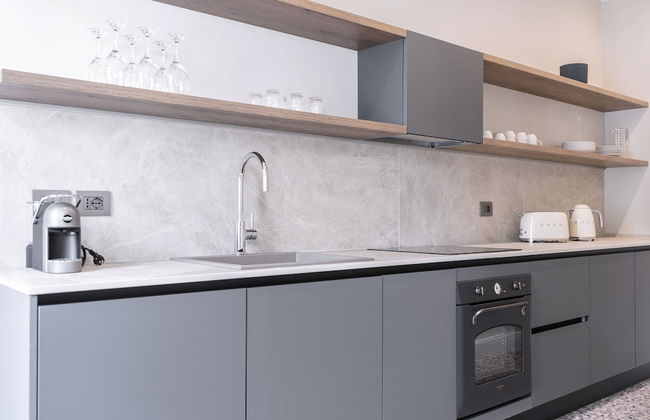

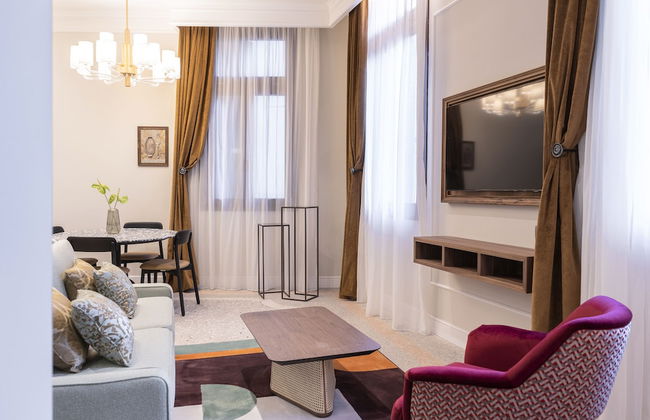
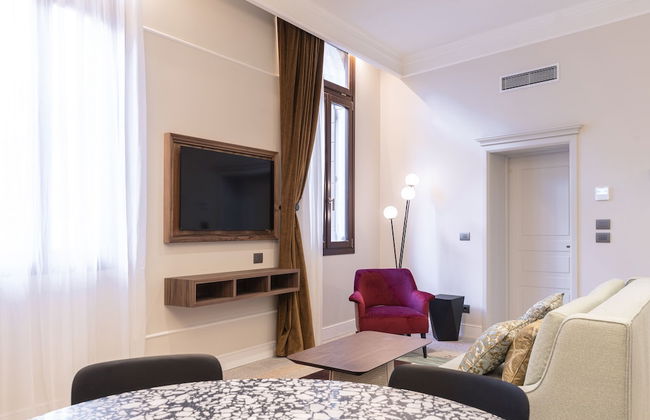
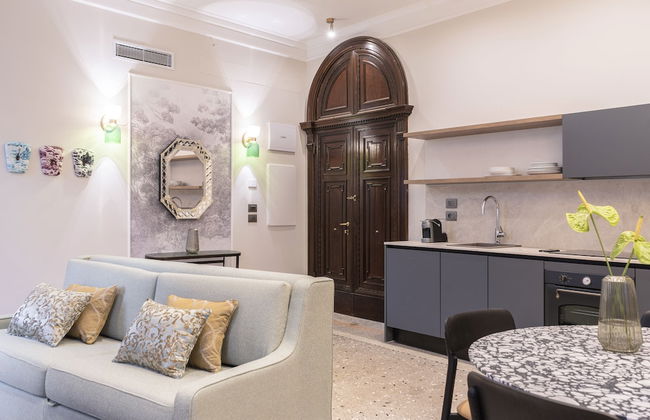
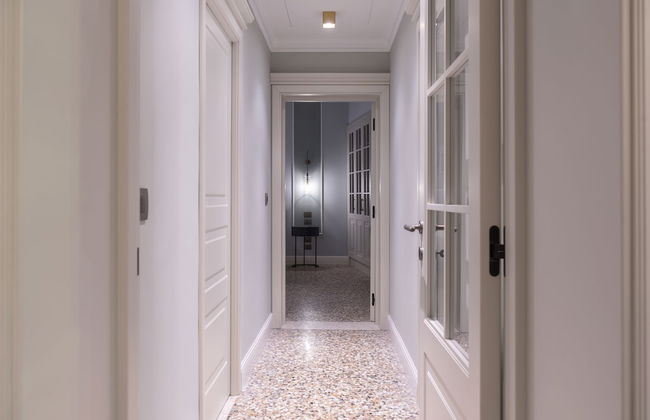


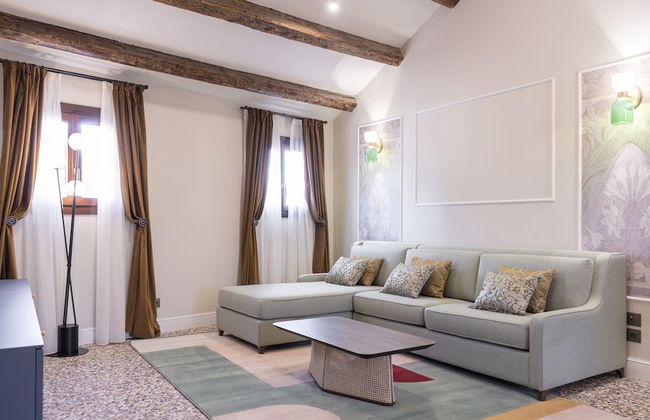

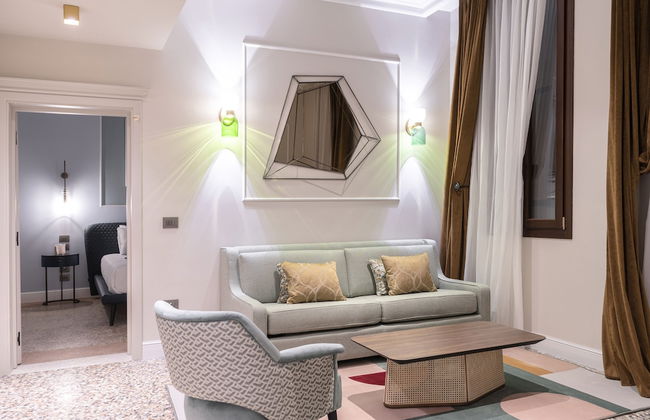
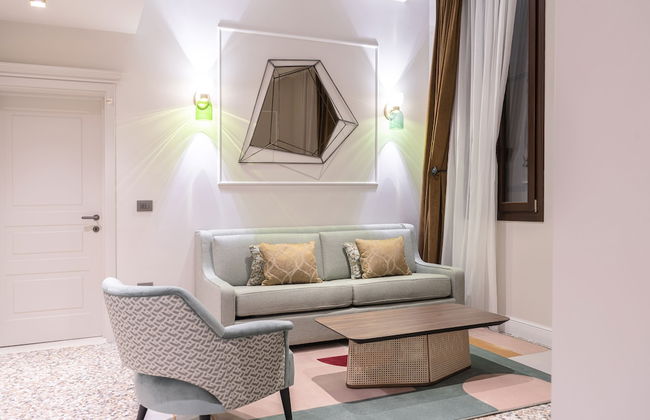
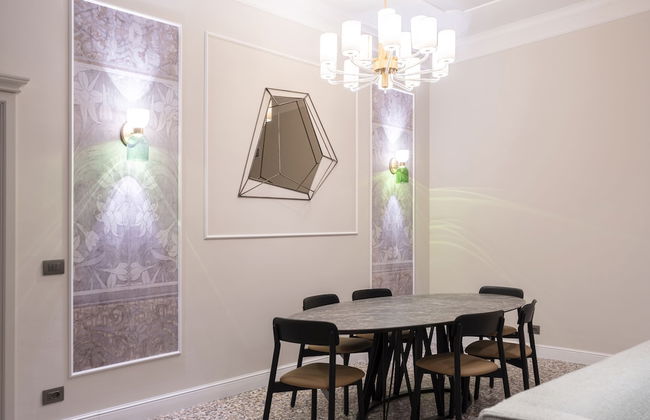
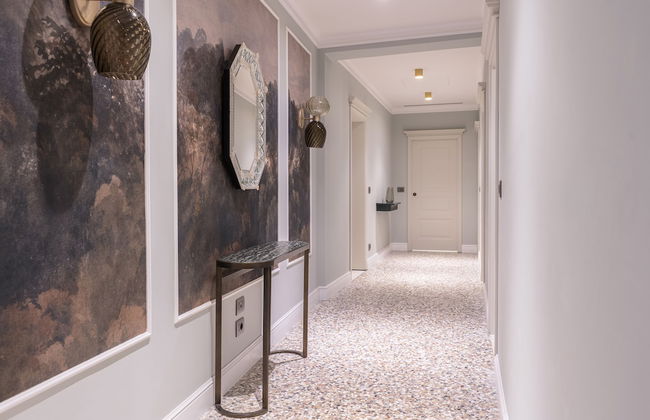
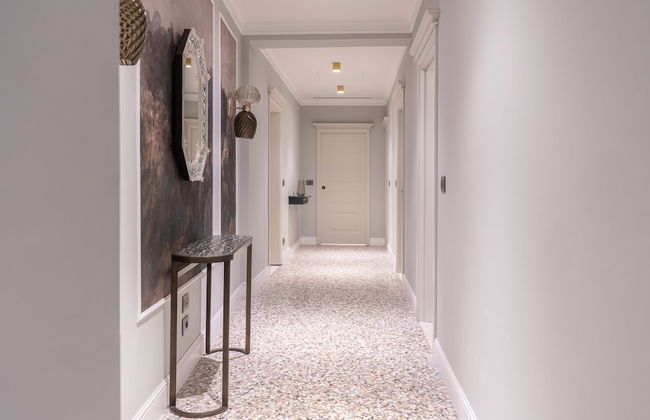
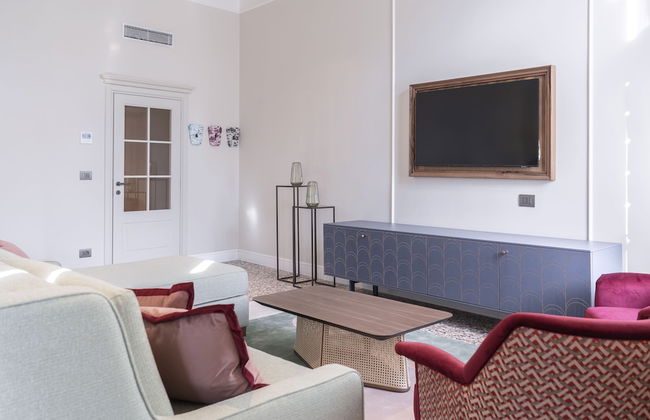
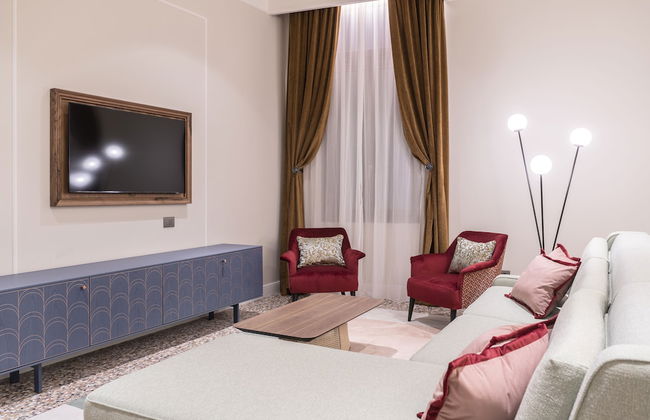
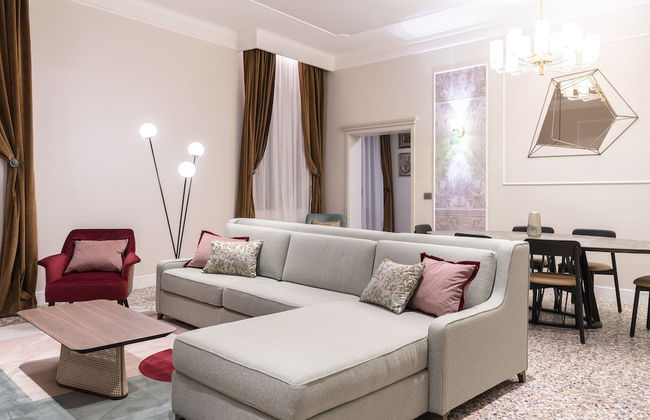



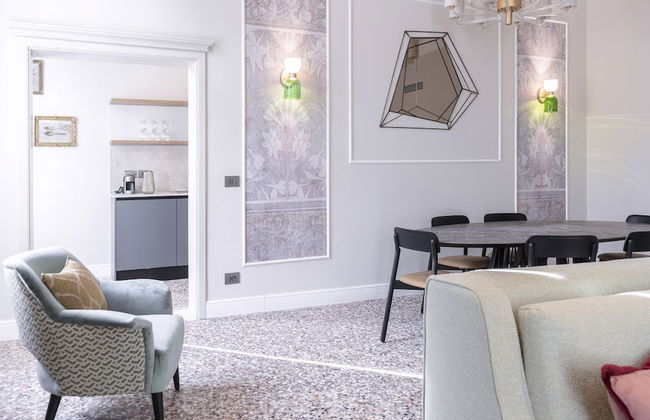
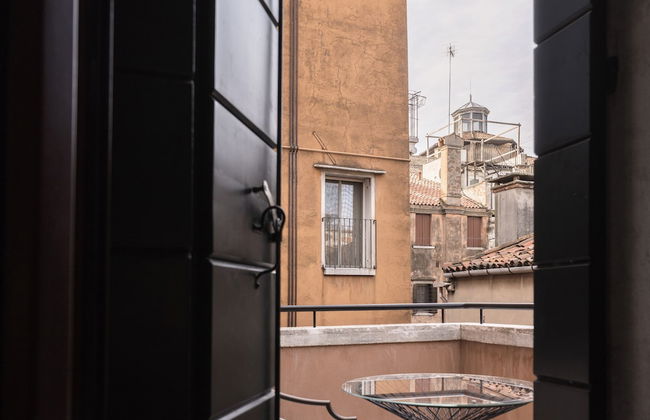

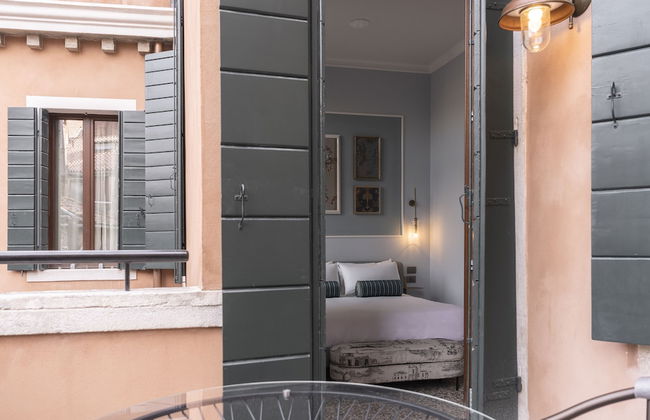
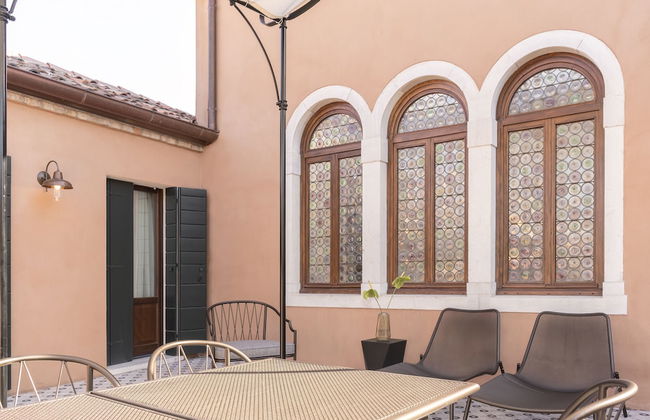
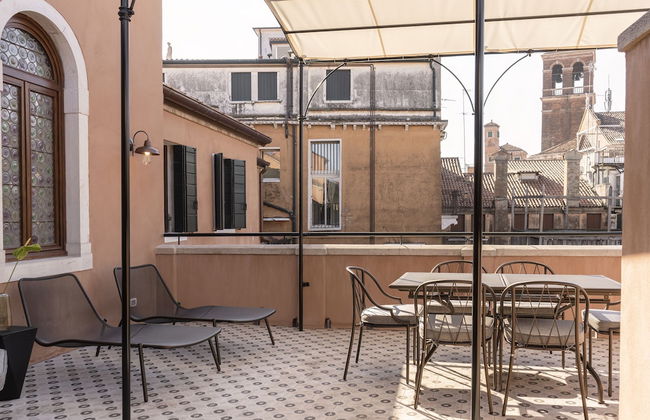
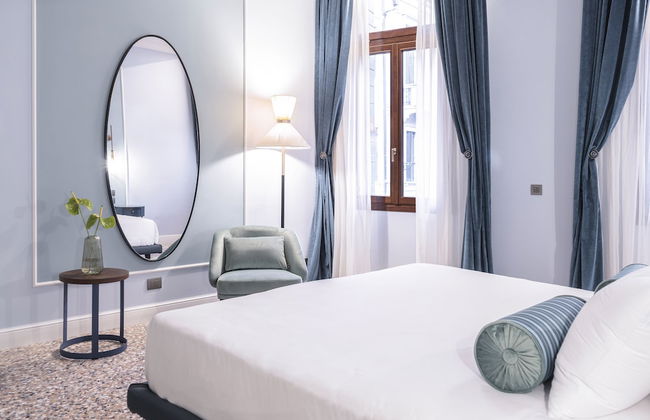


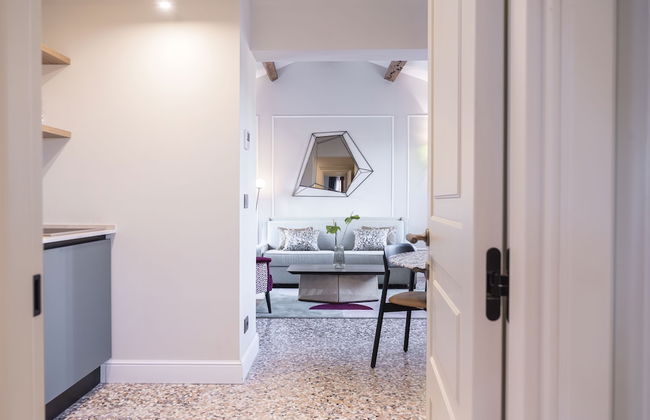
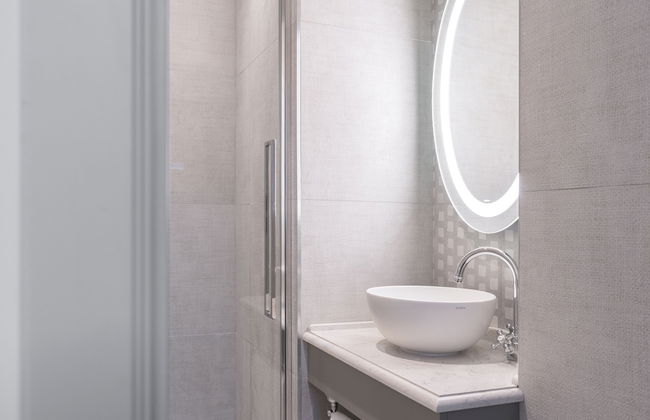

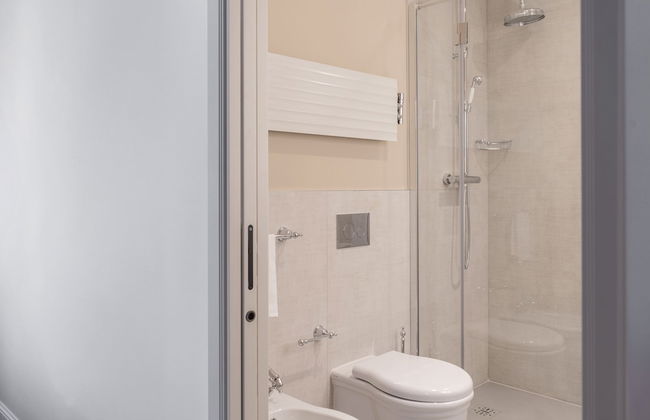
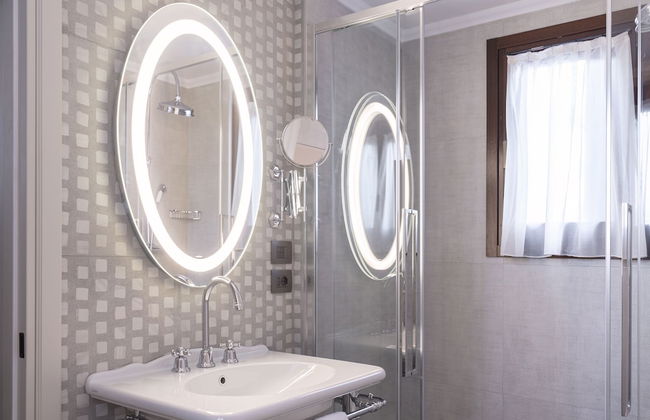
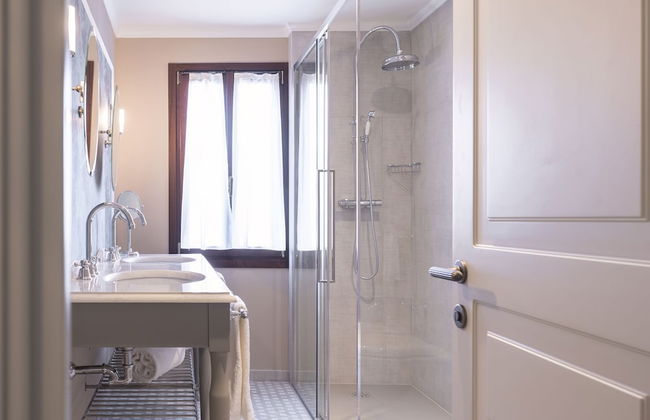
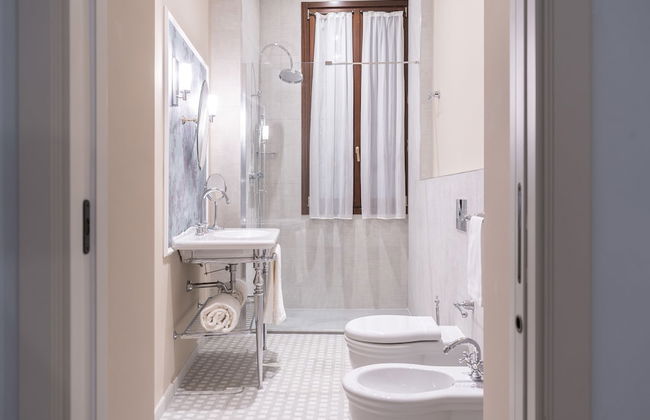
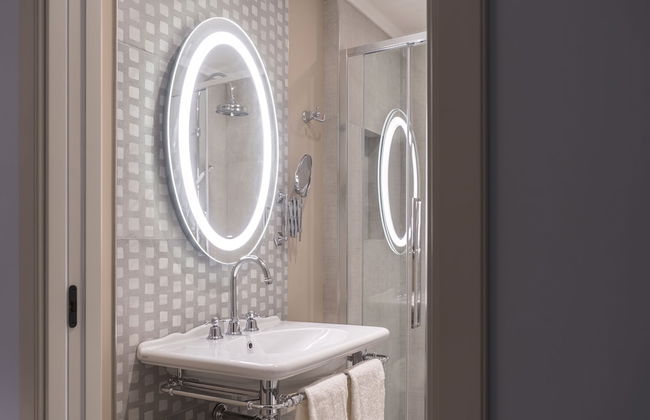
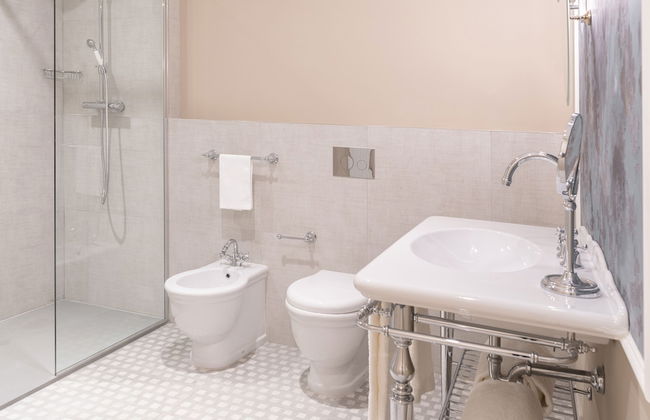

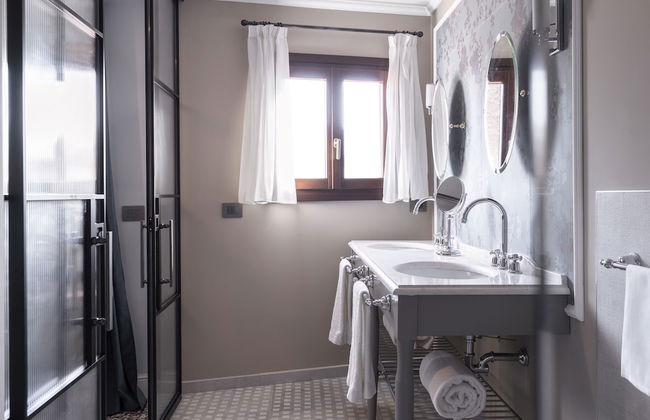

Be Mate Ponte di Rialto
Venice - Sestiere Castello - 170 m from Ponte di Rialto
- 149 M2
- 6 people
- Air conditioning
- Heating
- Elevator
- Tv
- Washing machine
- Bath linen
- Bed linen




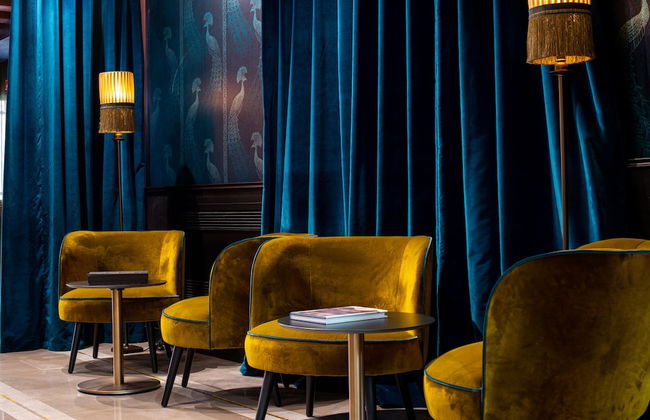





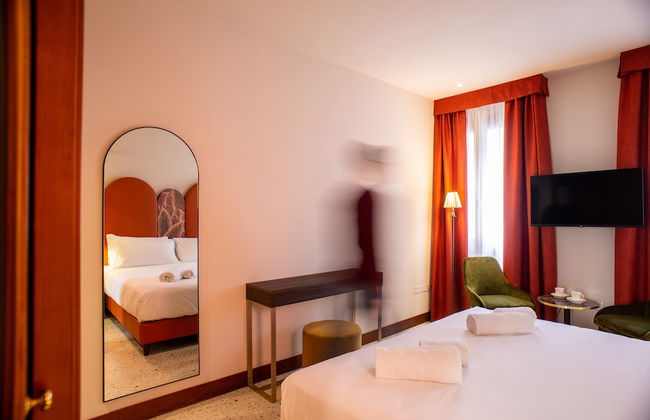










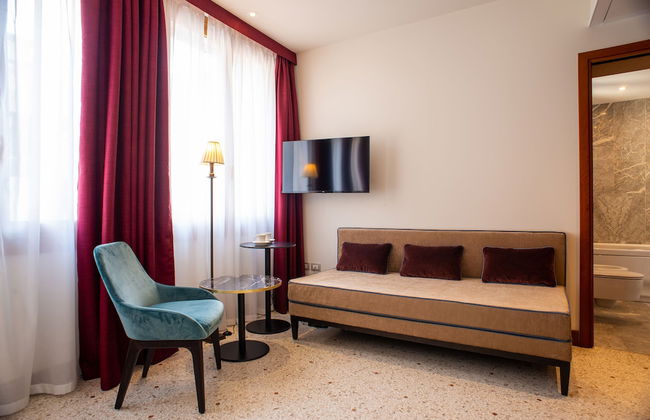












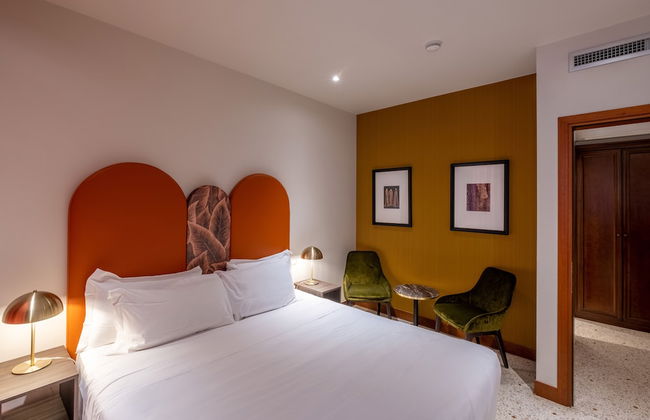









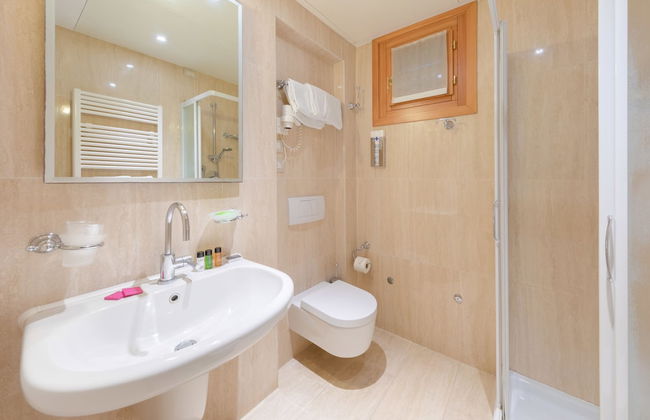




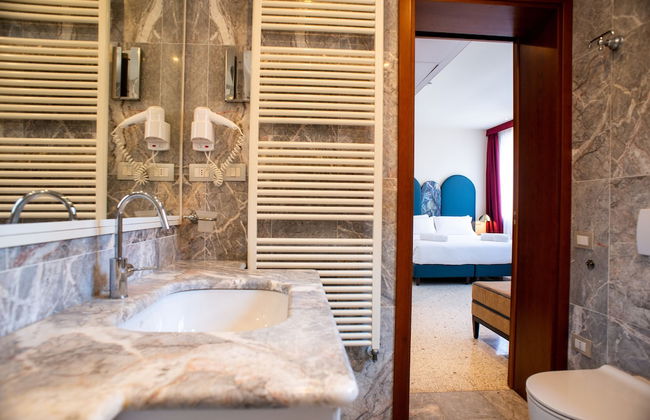




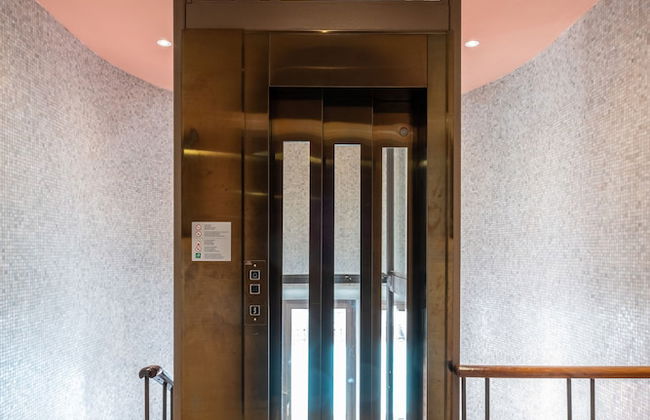
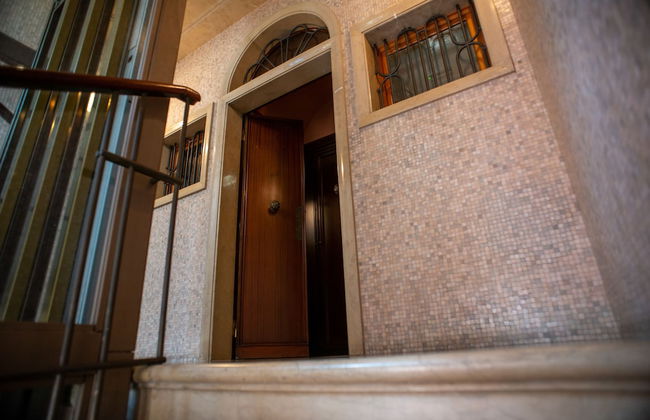







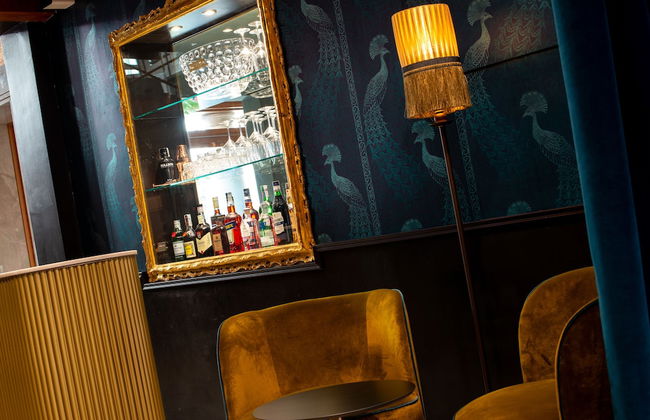
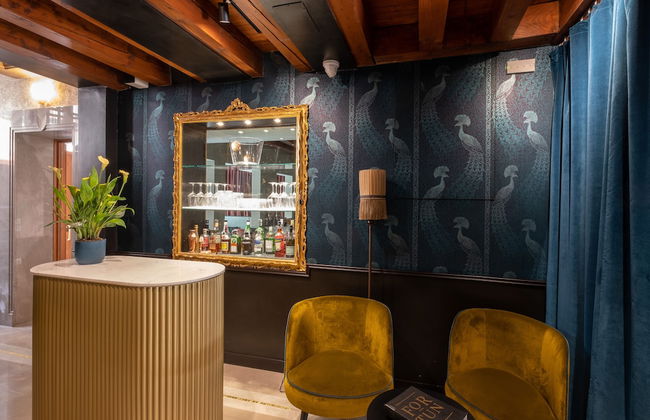

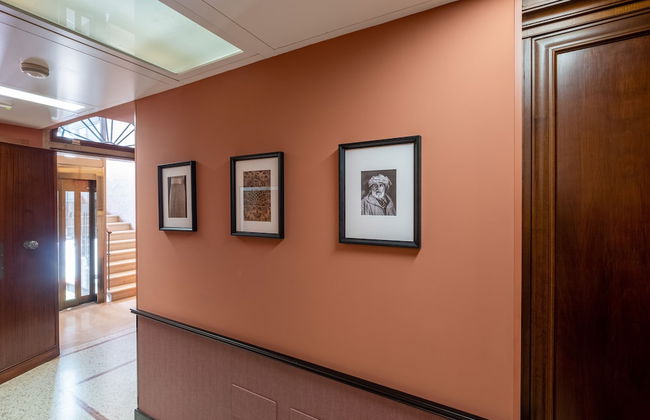


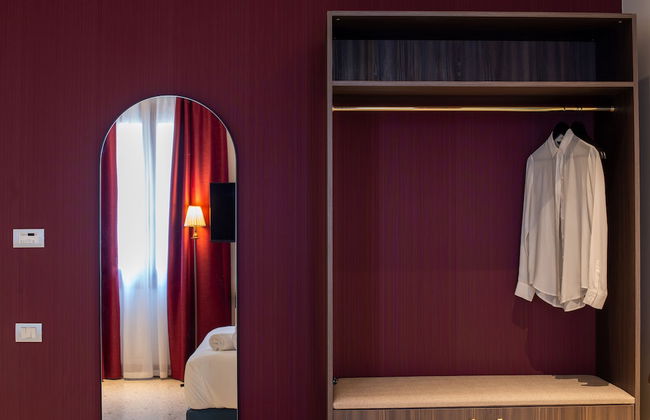








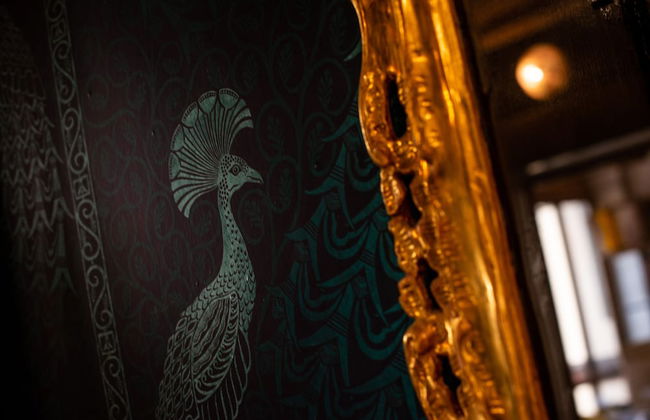

Palazzina Fortuny
Venice - Sestiere San Marco - 680 m from the center
- 30 M2
- 4 people
- Air conditioning
- Heating
- Terrace
- Elevator
- Garden
- Tv
- Bath linen
- Bed linen
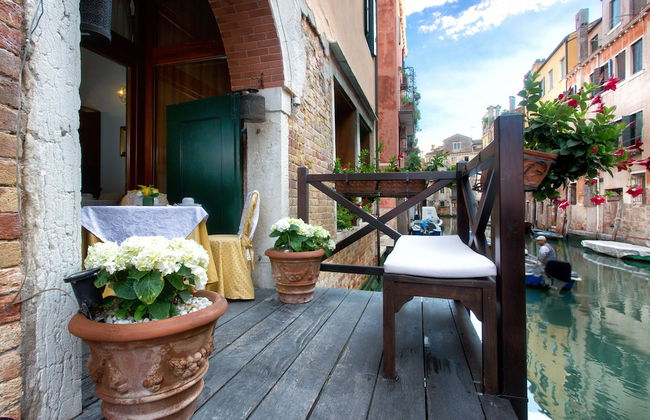




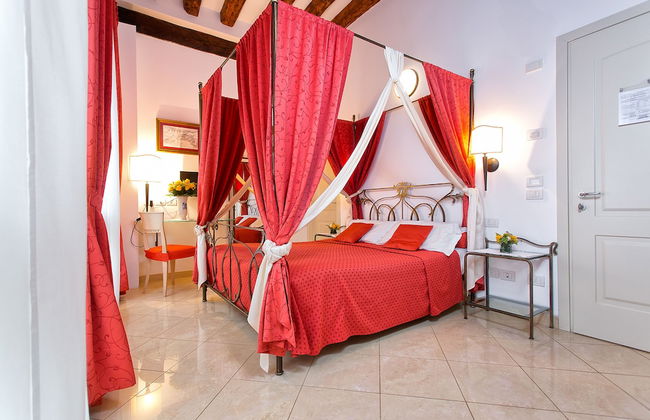


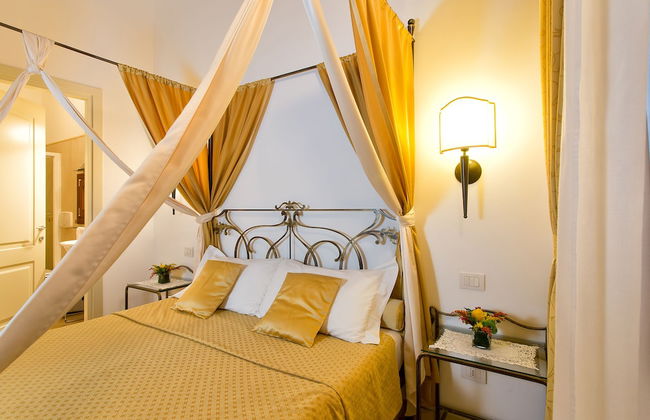




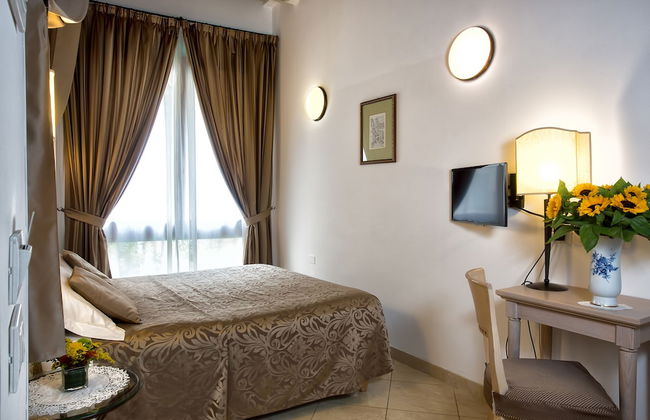
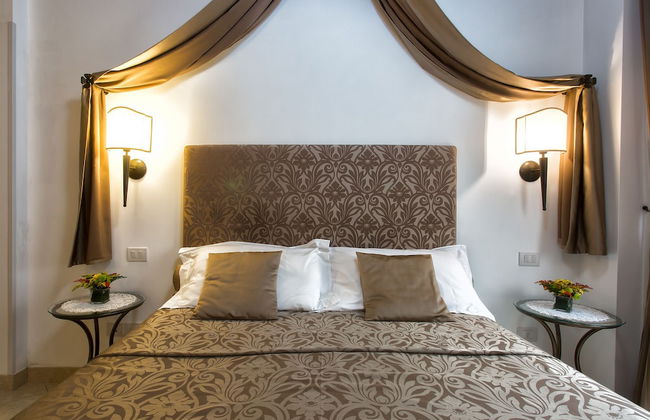



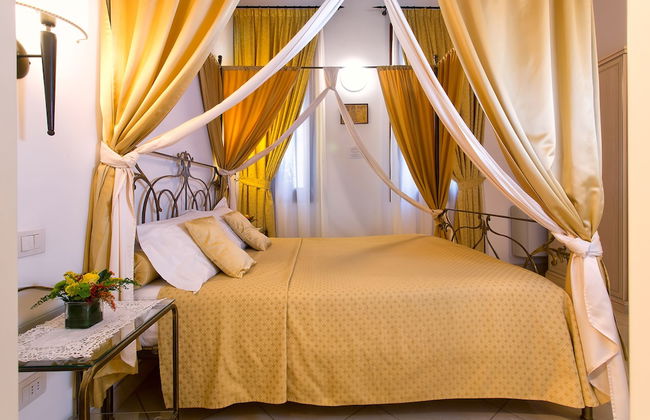
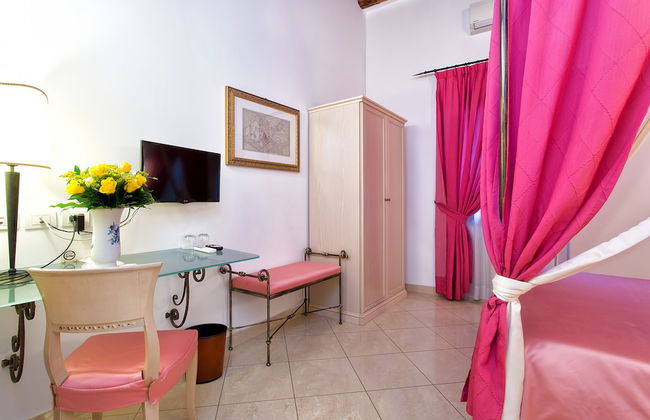

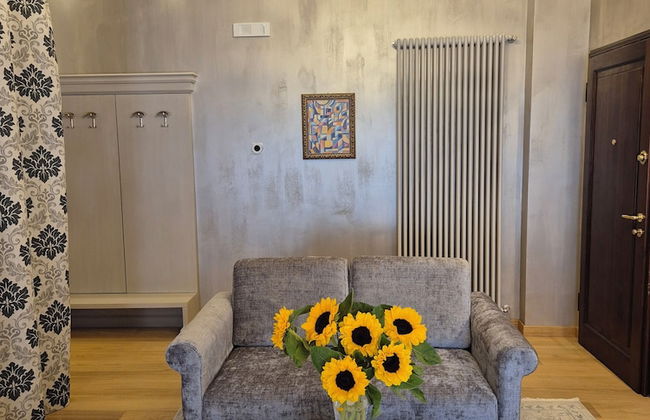



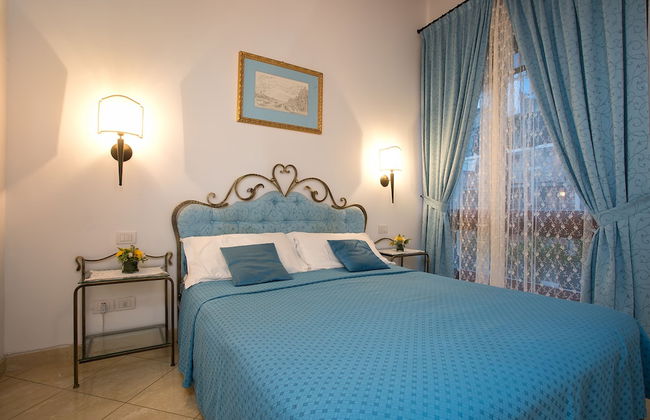


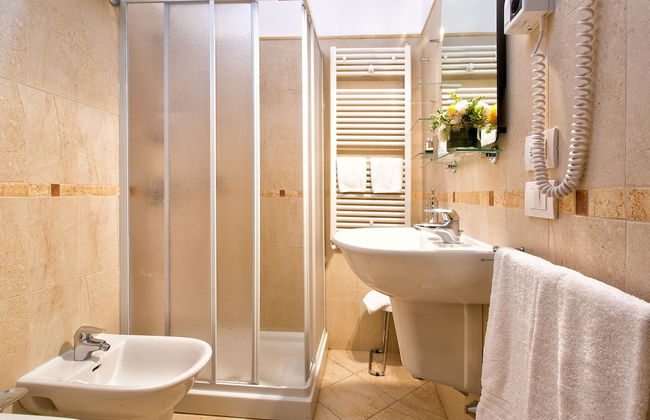
















Alla Vite Dorata
Venice - Sestiere Cannaregio - 440 m from Ponte di Rialto
- 130 M2
- 6 people
- Air conditioning
- Terrace
- Tv
- Washing machine
- Bath linen
- Bed linen


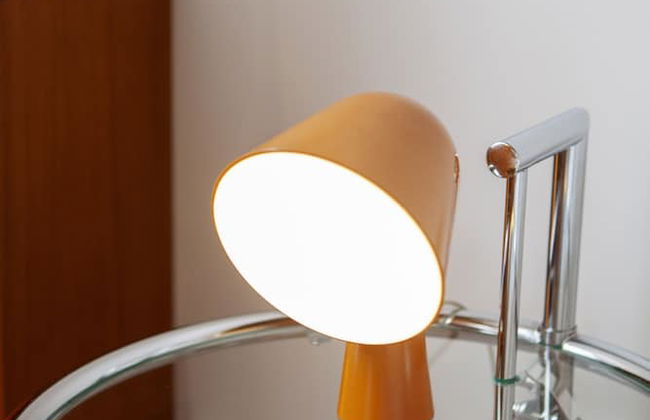
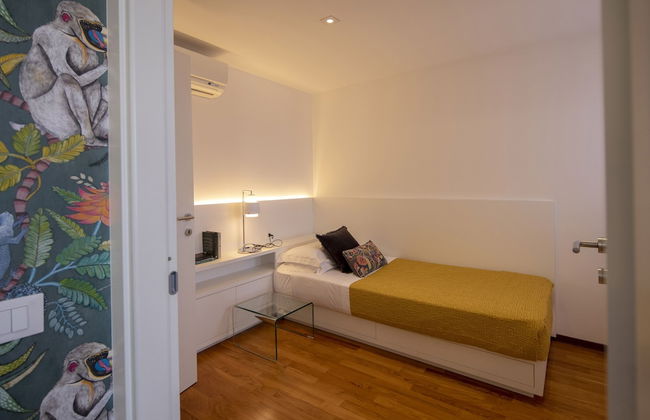







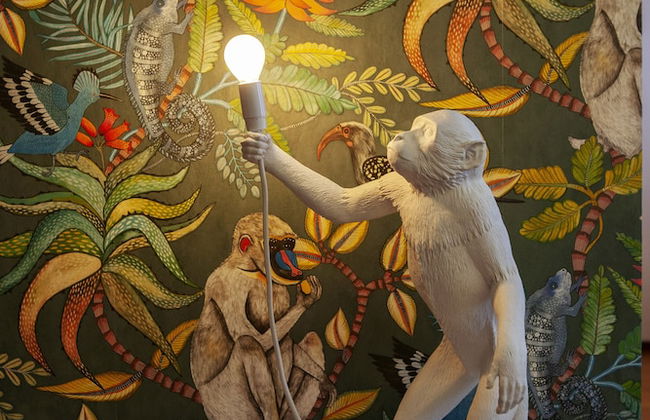




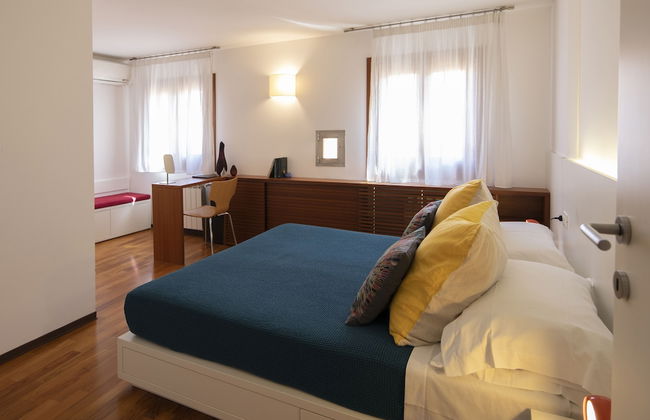

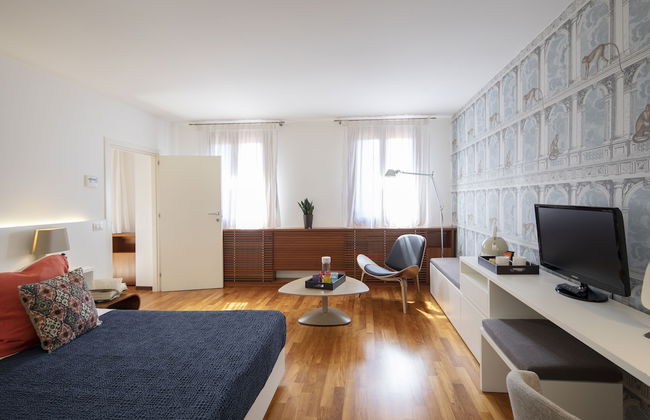
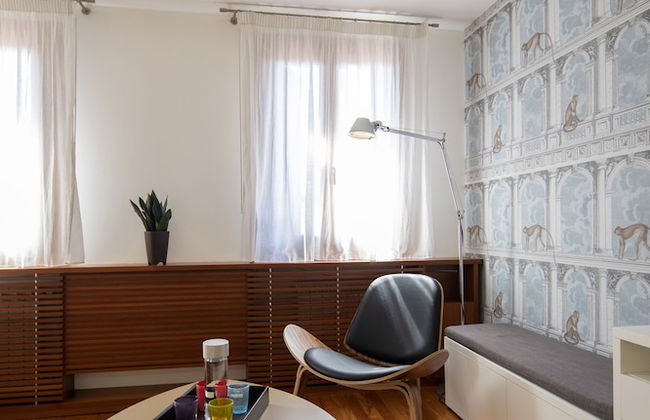
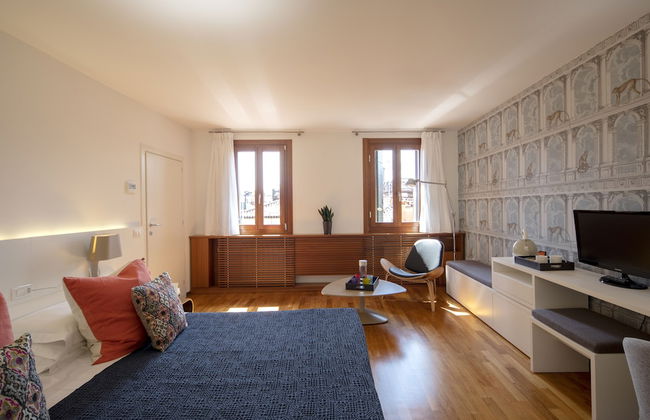

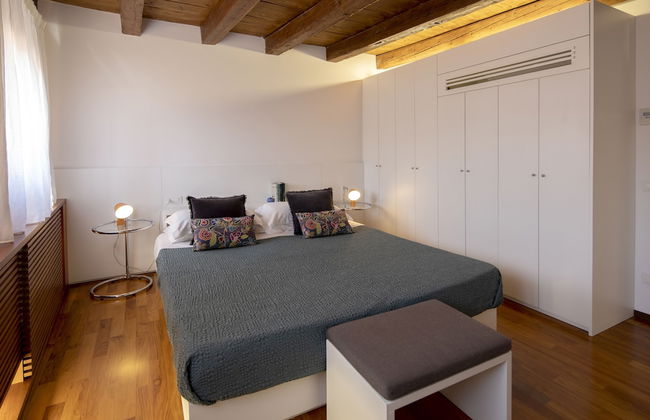



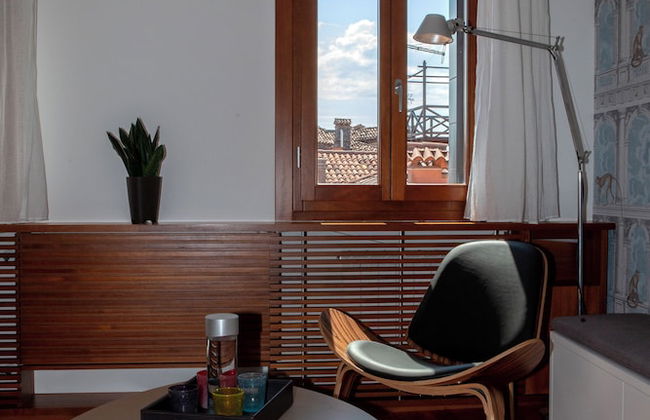
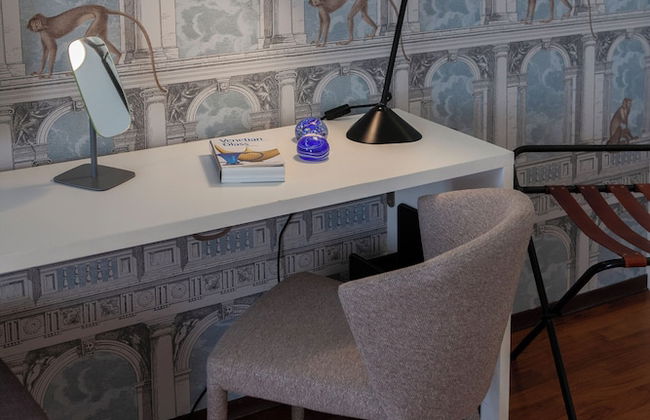
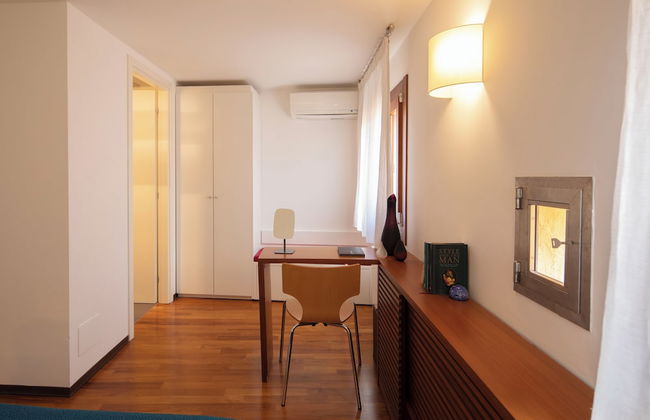


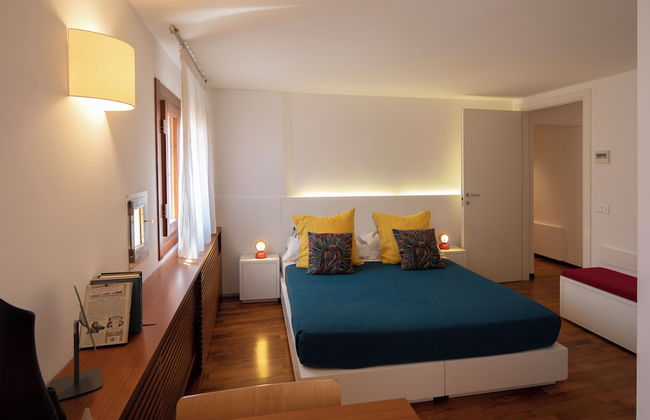

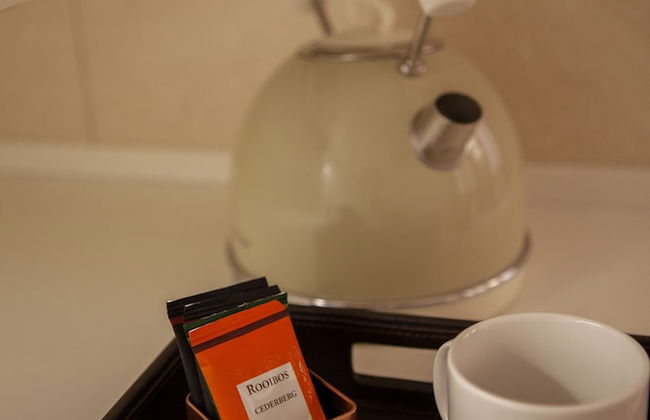
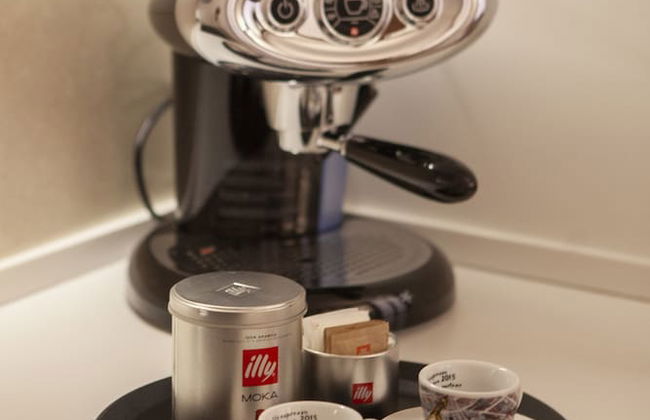
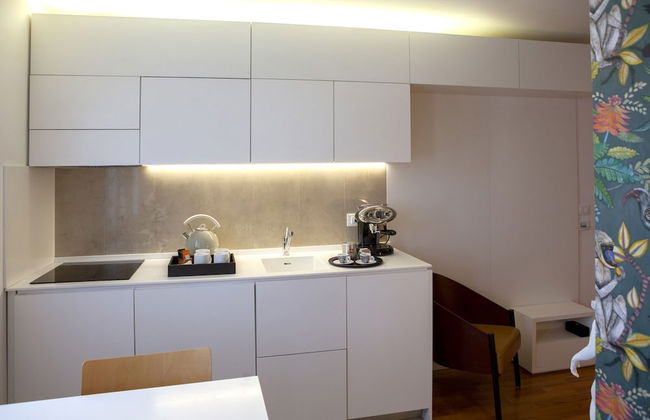




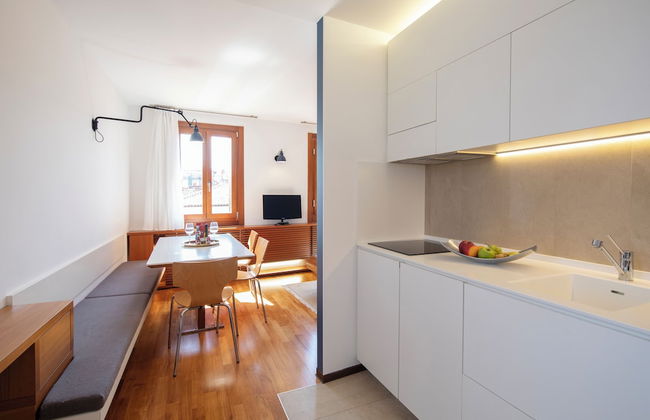
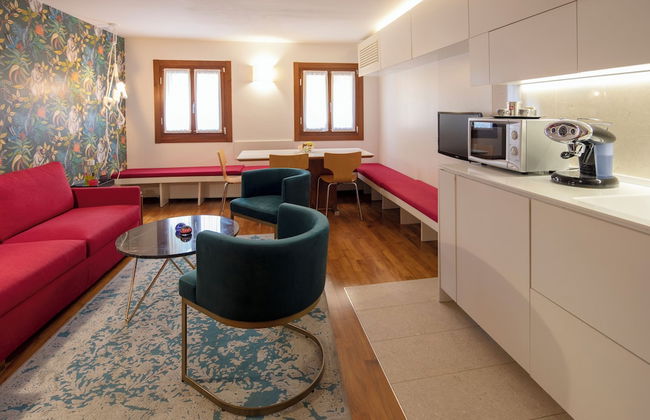
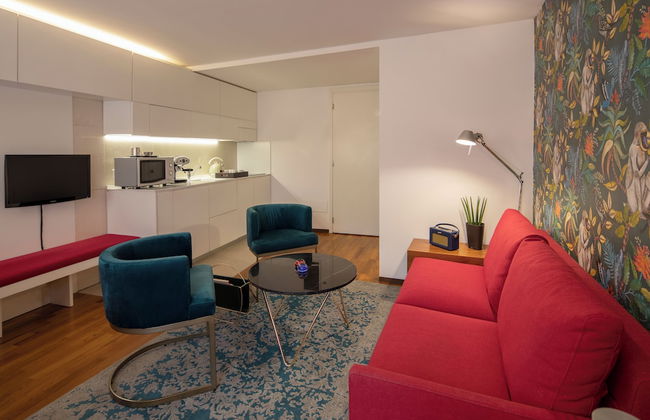
















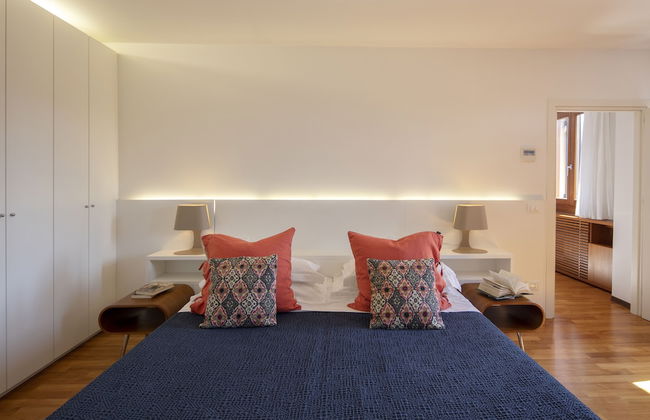

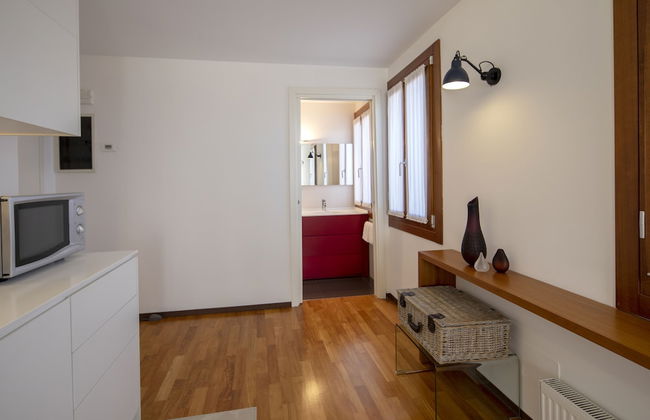
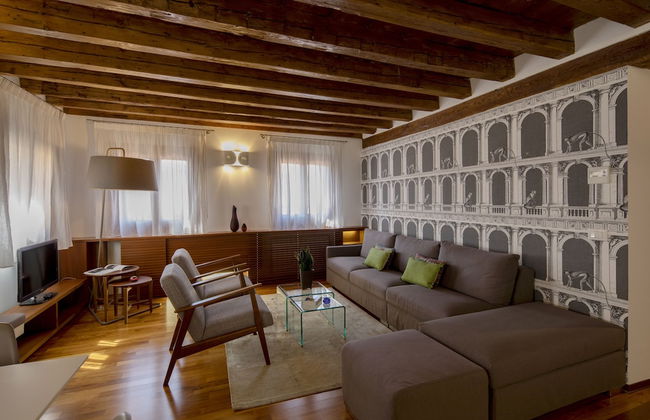

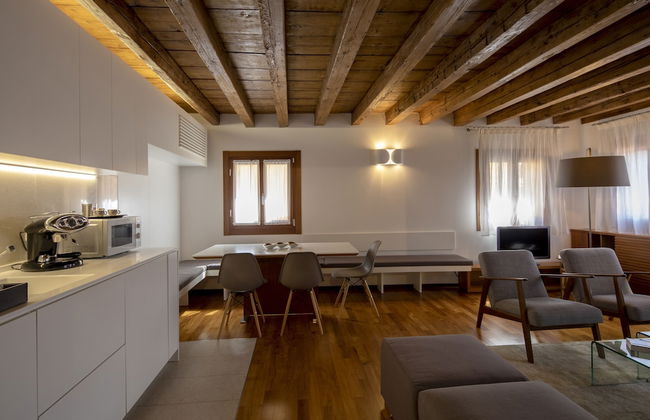
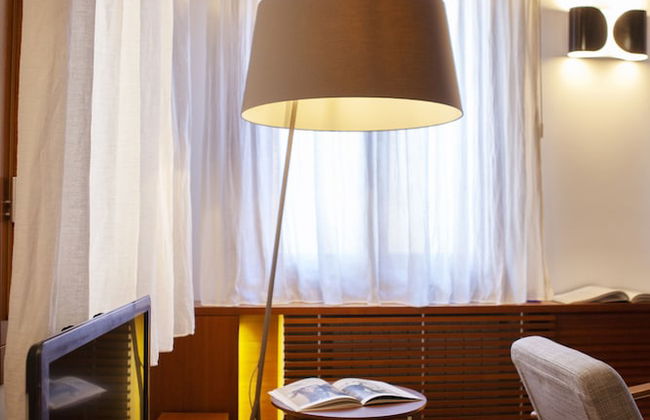


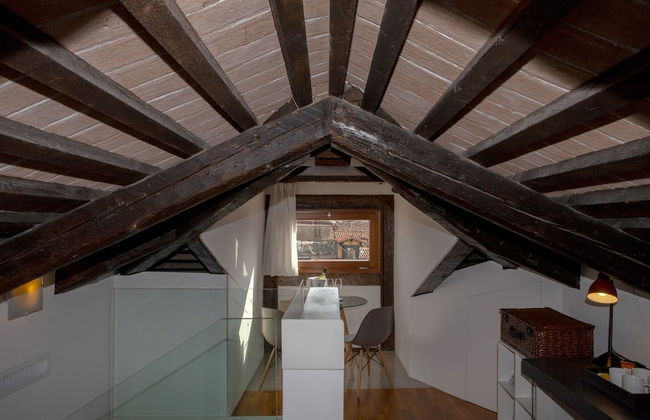

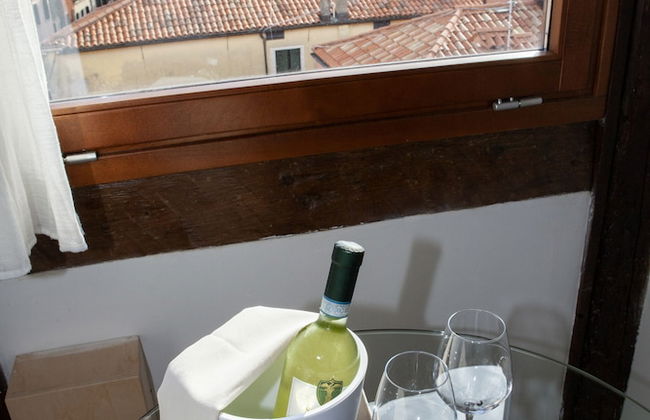






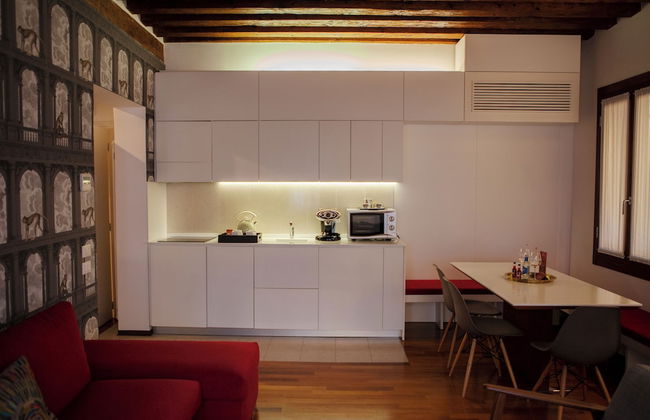
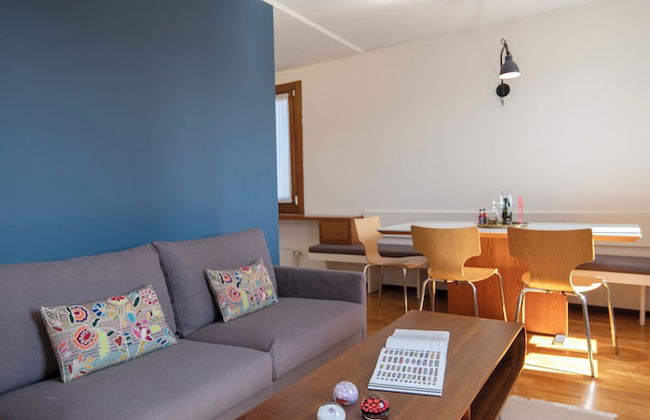
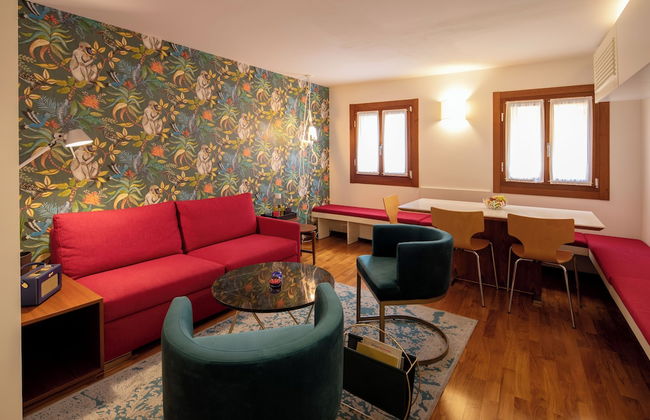
Ca' della Scimmia
Venice - Sestiere San Polo - 470 m from the center
- 4 people
- Air conditioning
- Heating
- Elevator
- Tv
- Washing machine
- Bath linen
- Bed linen






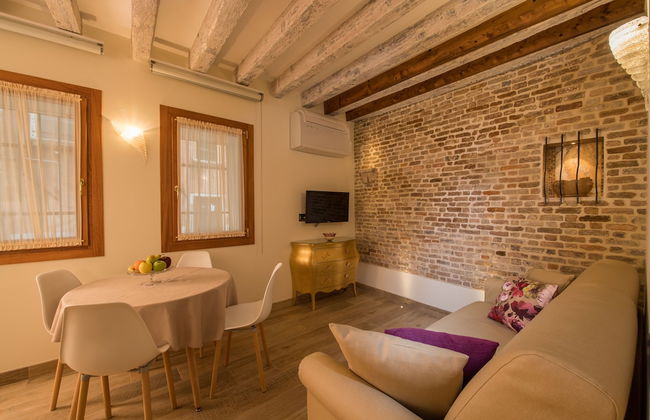



Nike Apartments Venice Castello
Venice - Sestiere Castello - 410 m from Ponte dei Sospiri
- 45 M2
- 4 people
- Air conditioning
- Heating
- Tv
- Bath linen
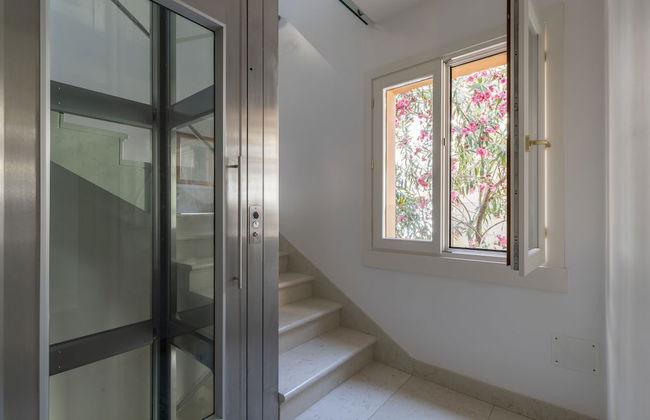
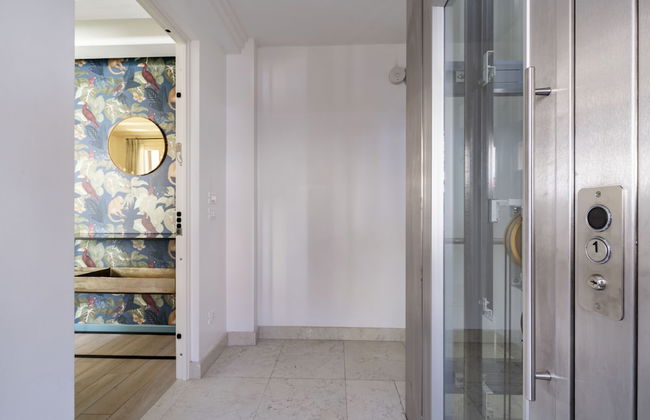

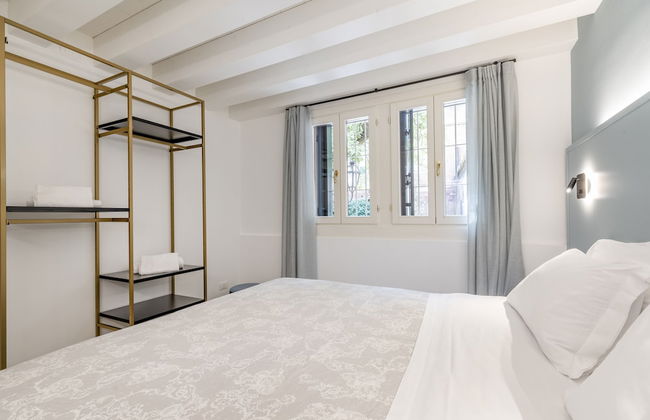
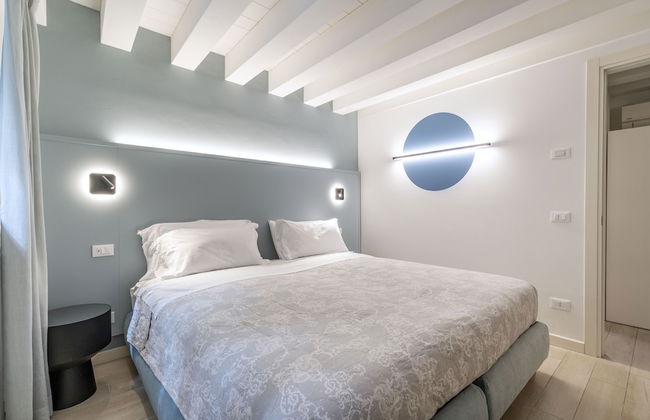
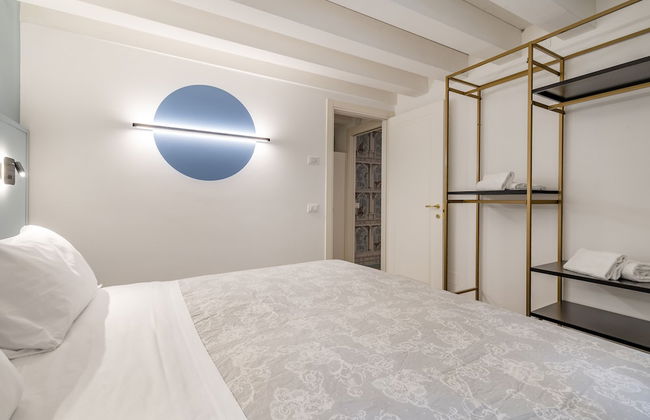
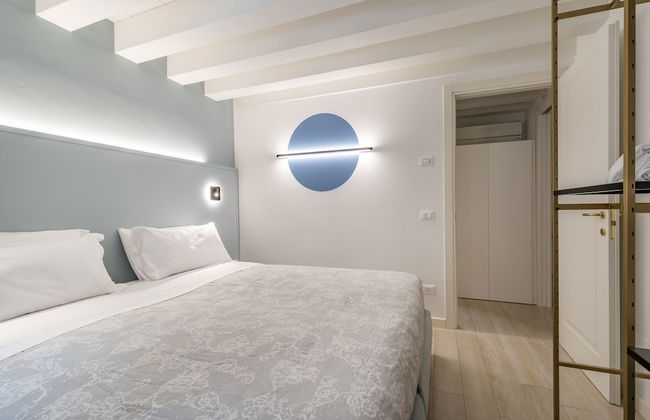
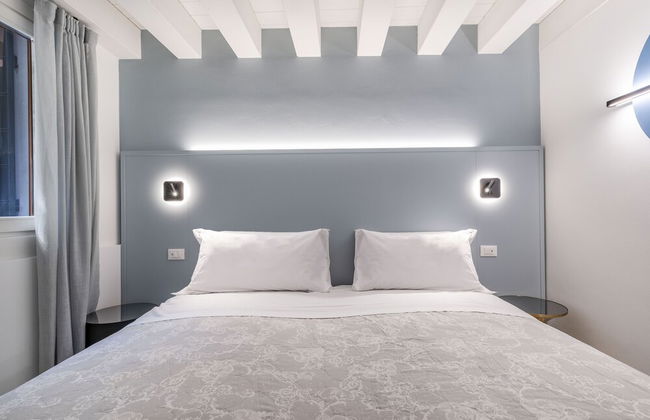
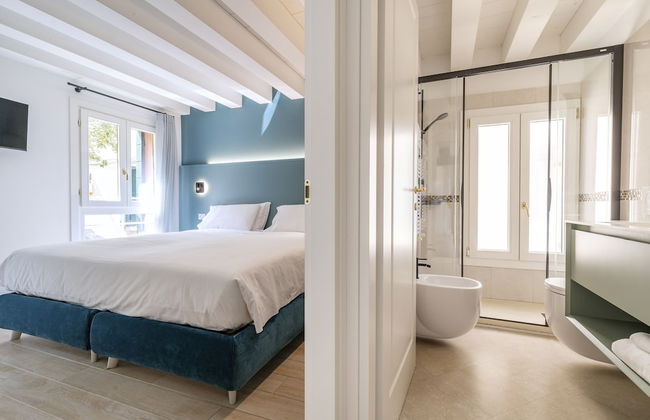

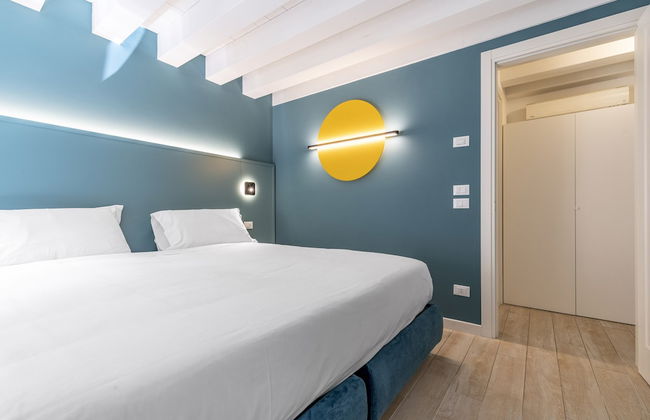
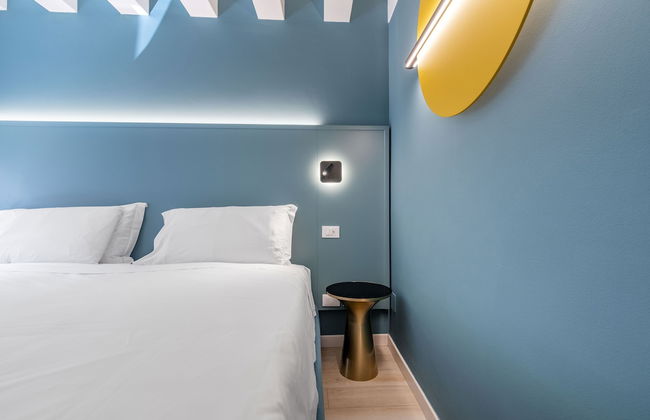
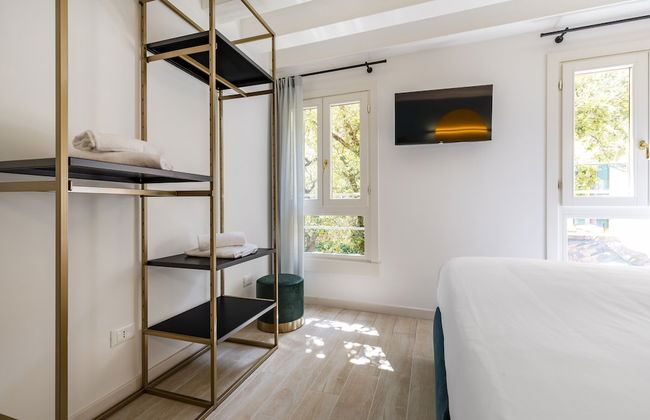
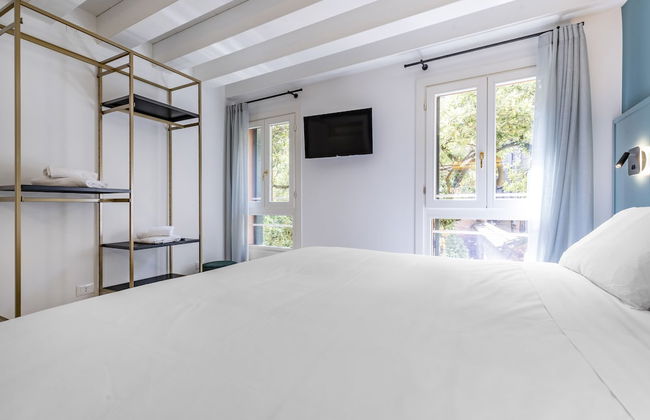
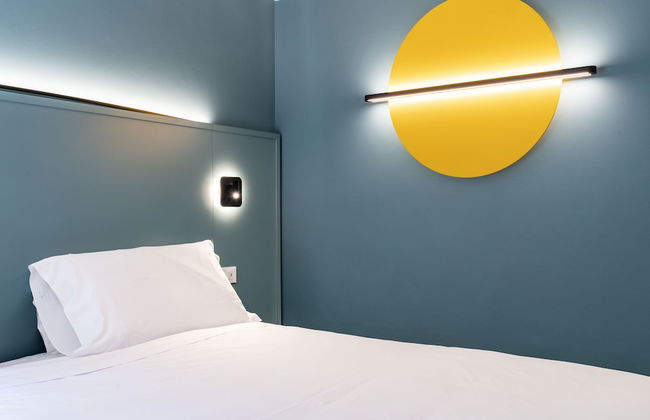

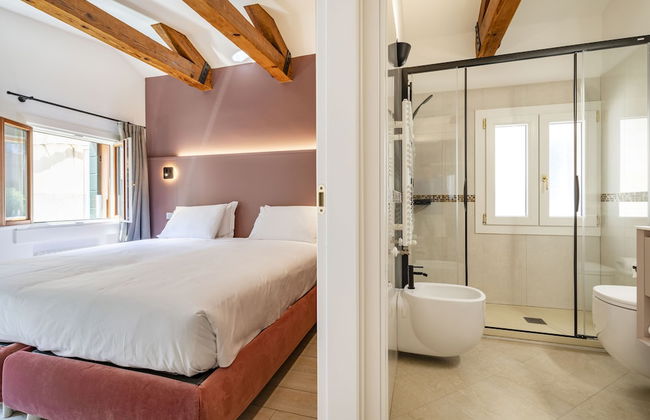

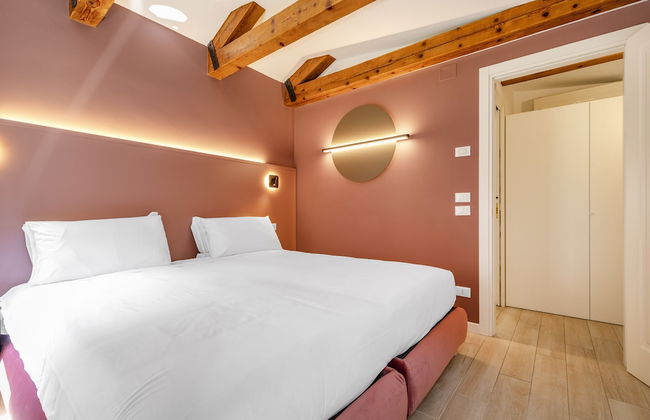
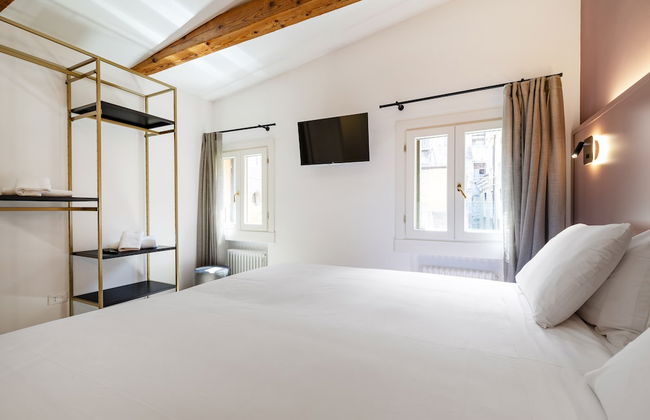
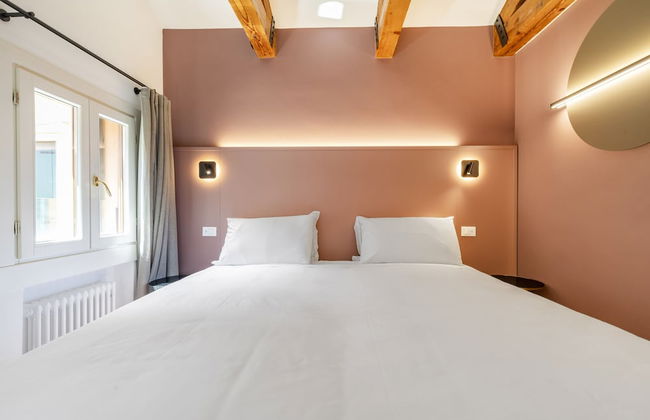
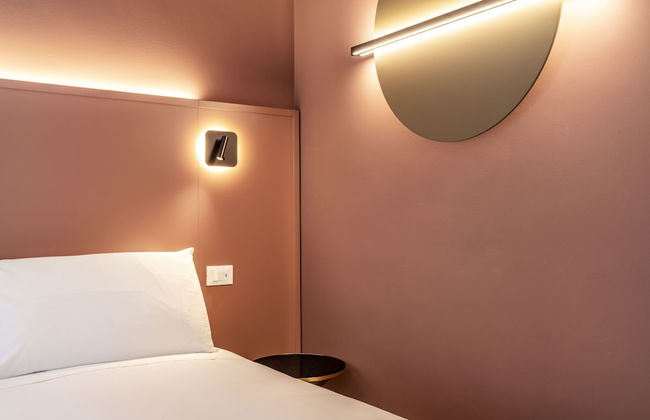
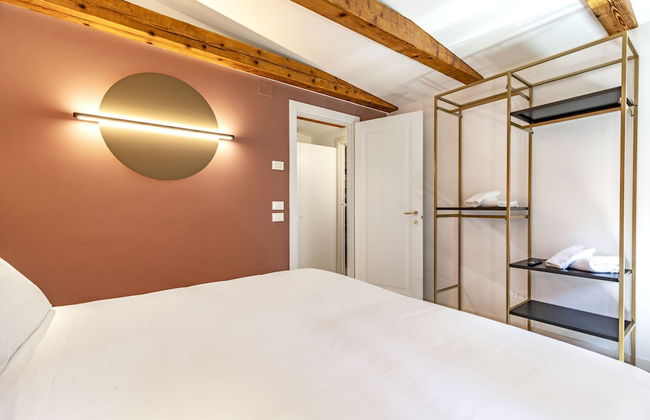

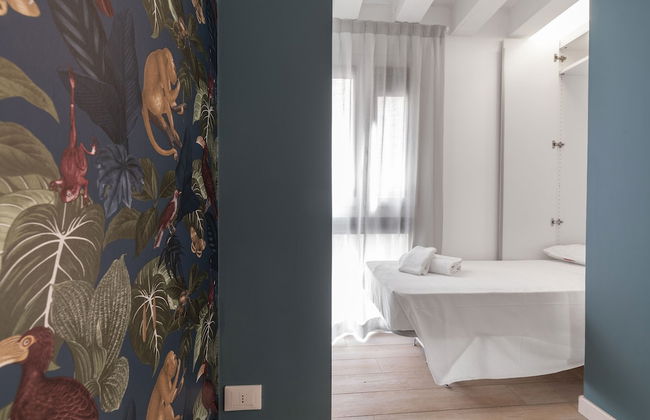

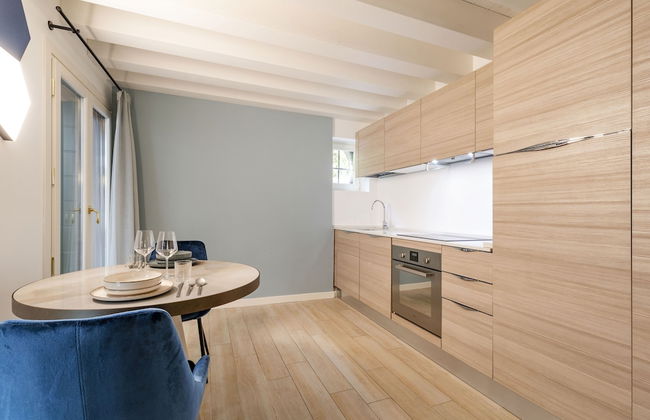
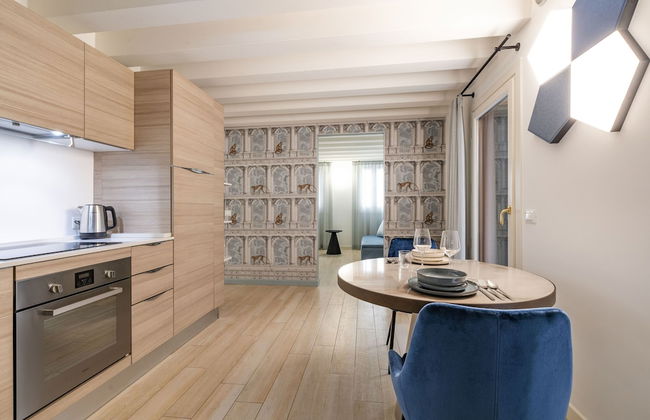
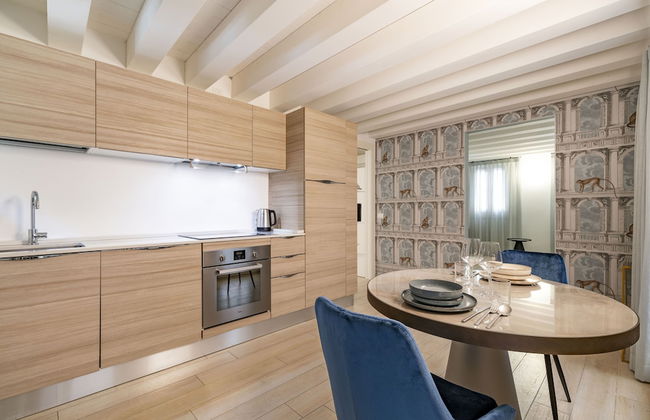
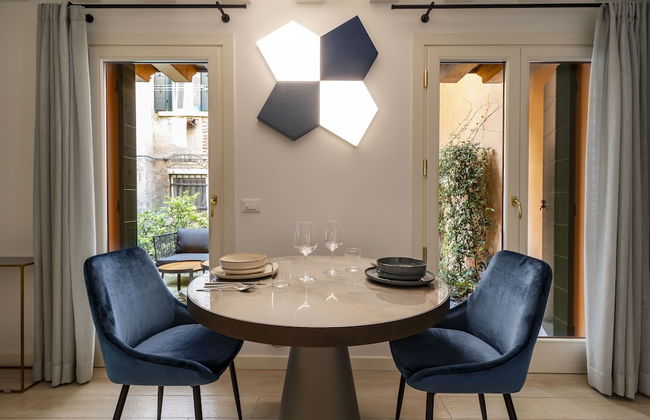

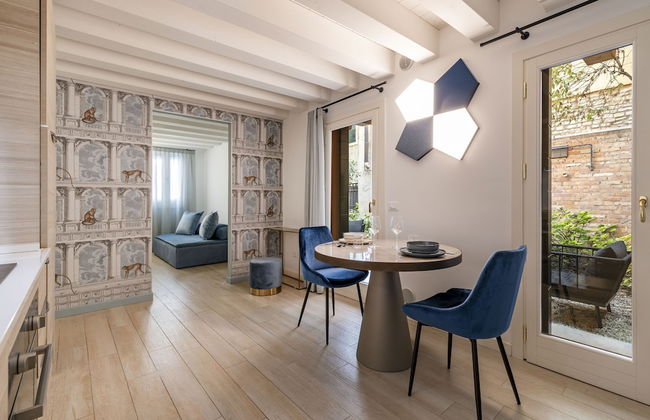
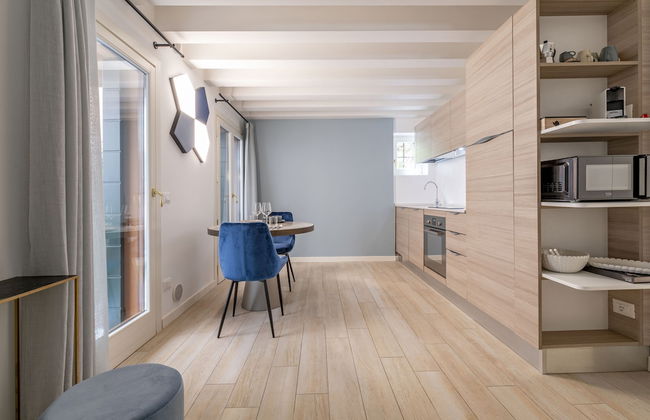
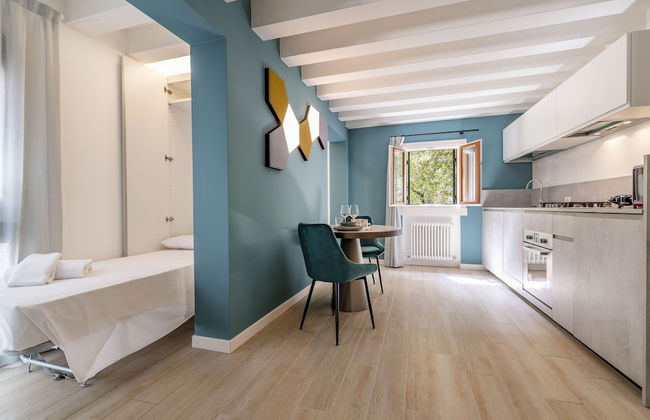
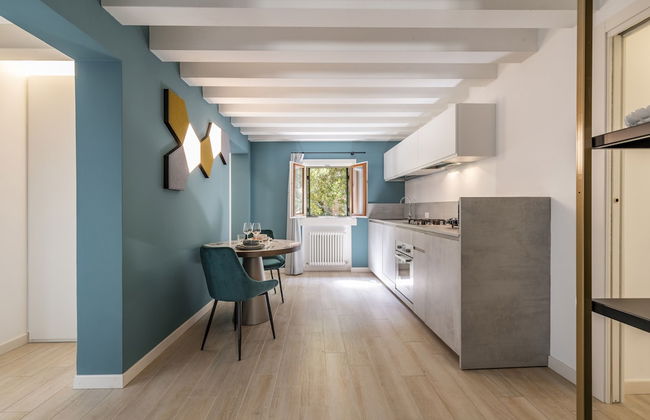



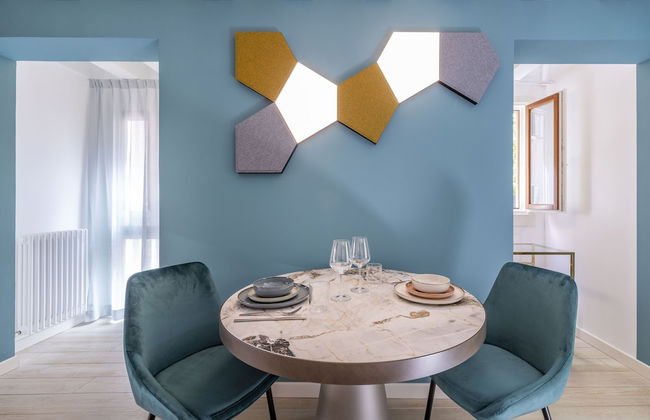

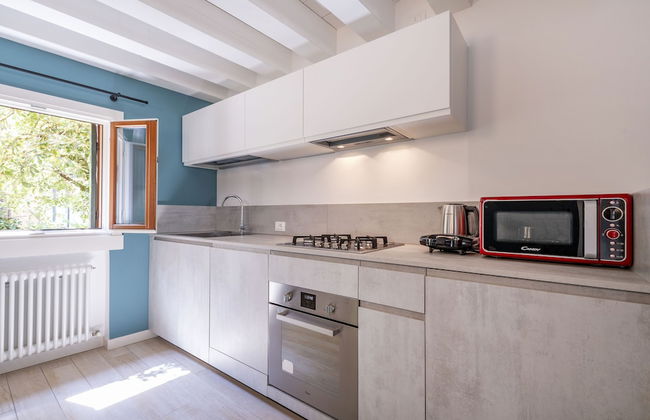
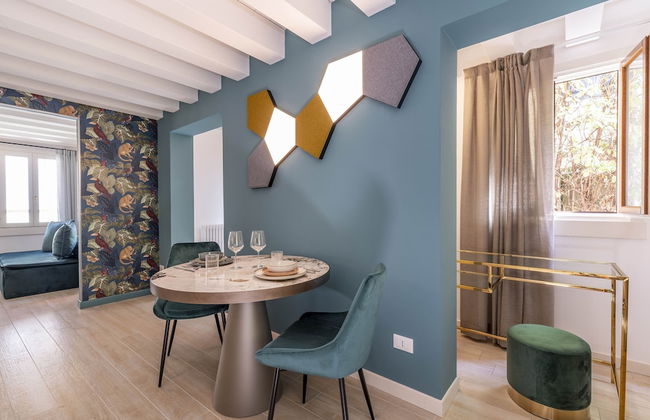
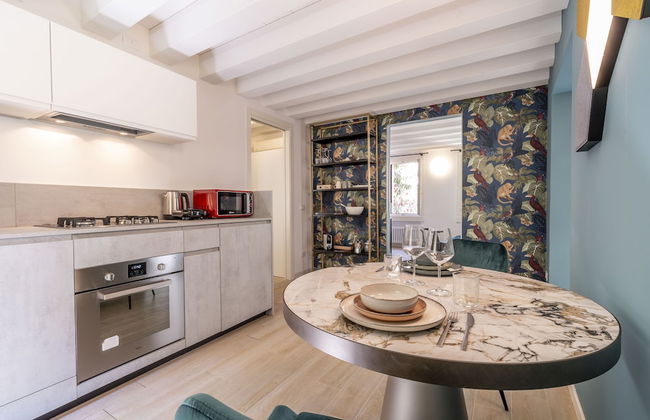

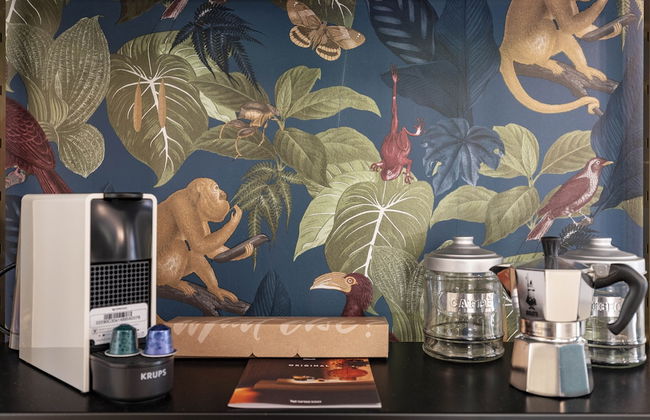

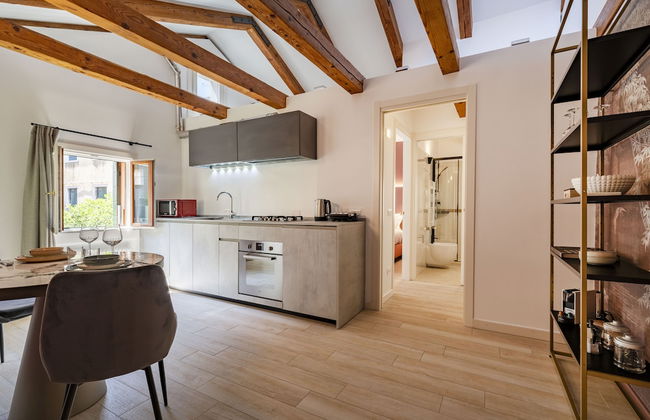
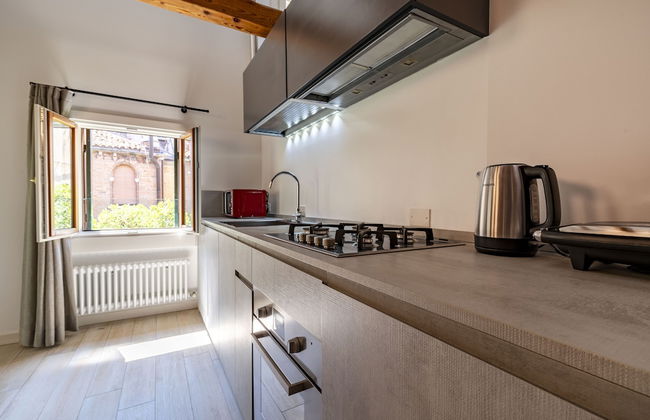

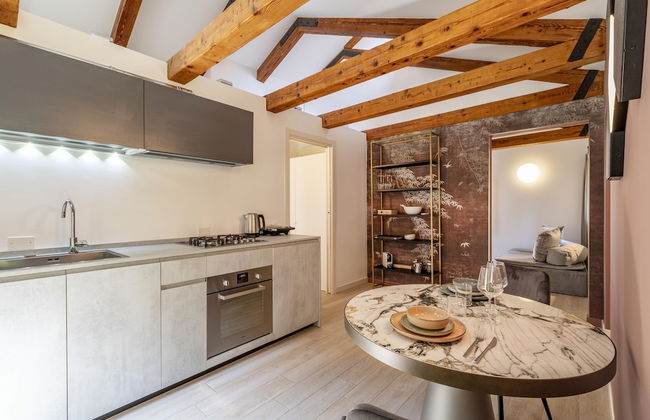
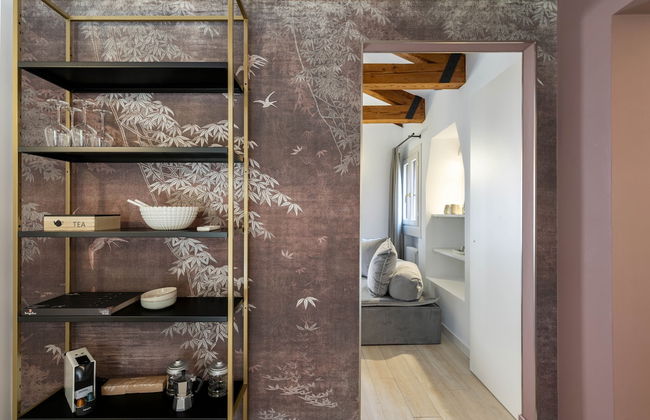
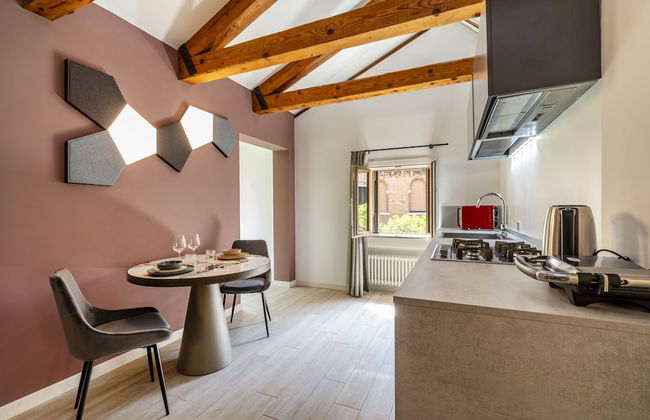

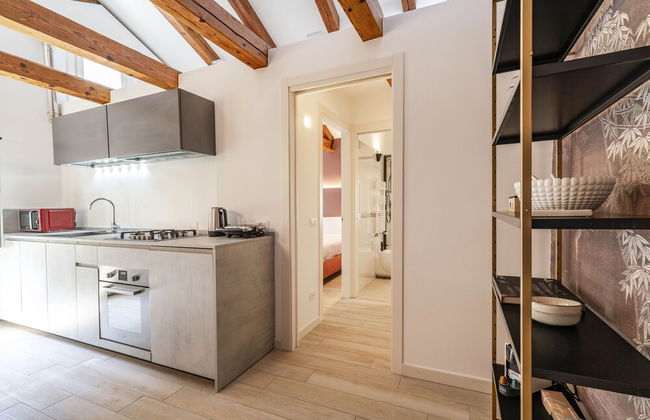
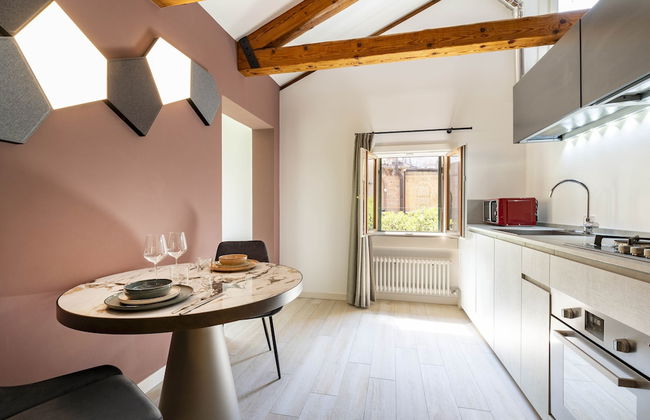
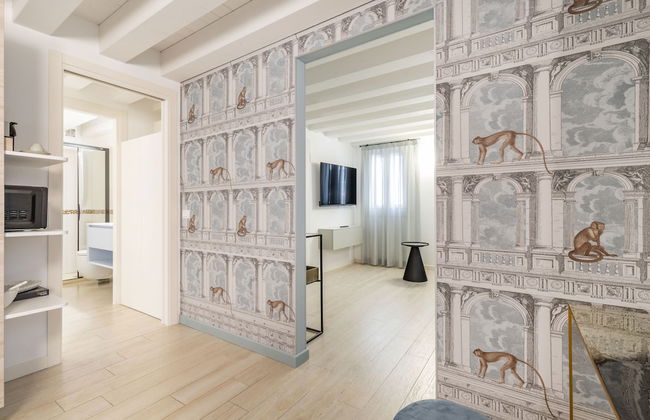
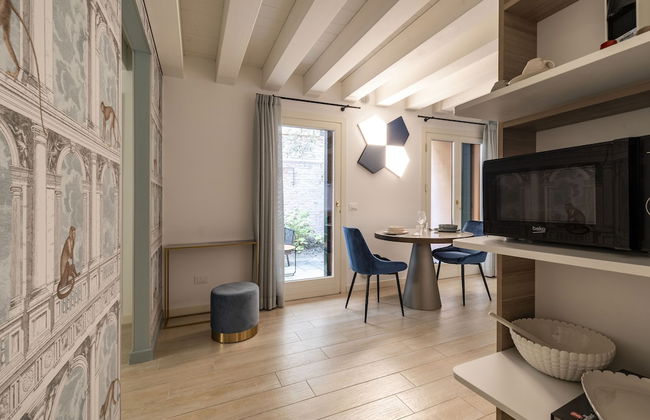

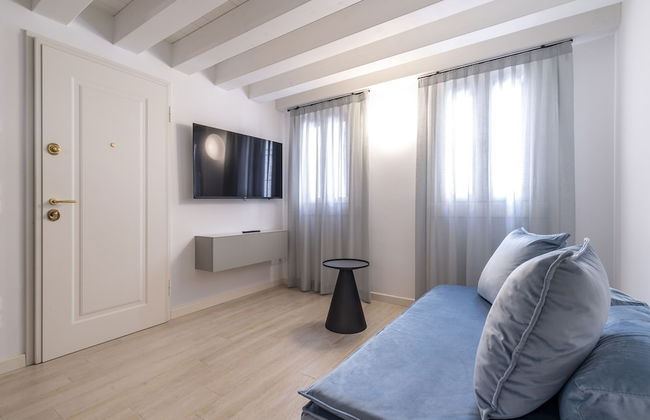
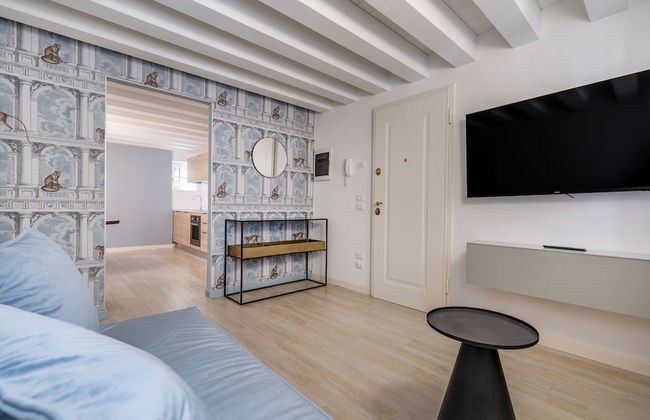
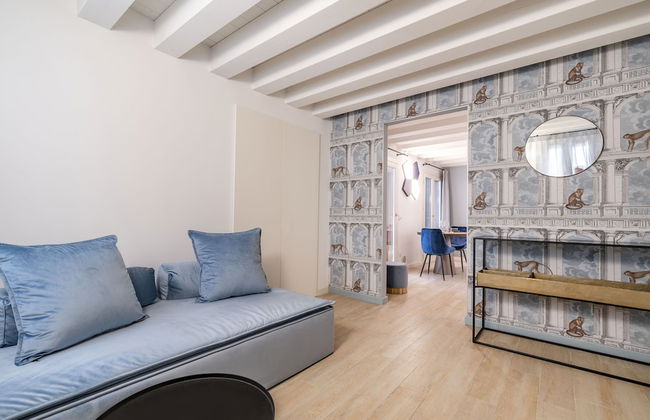
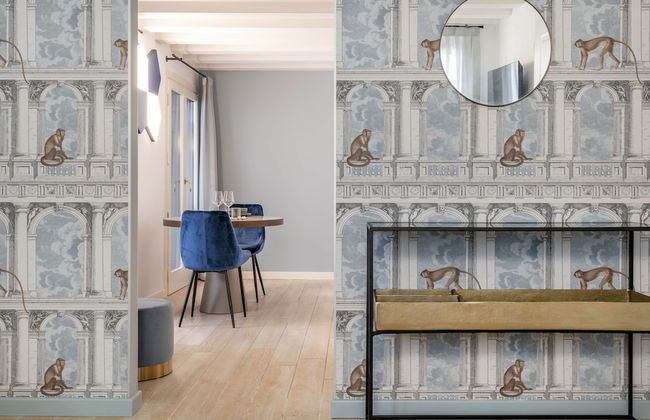
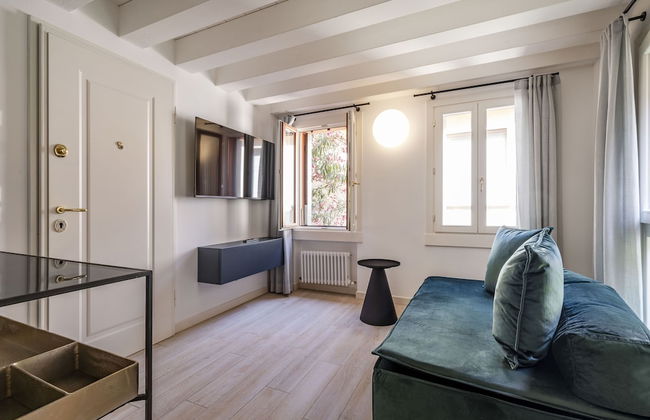


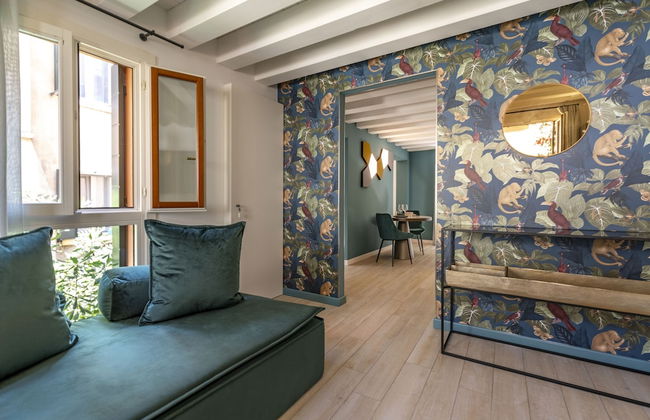


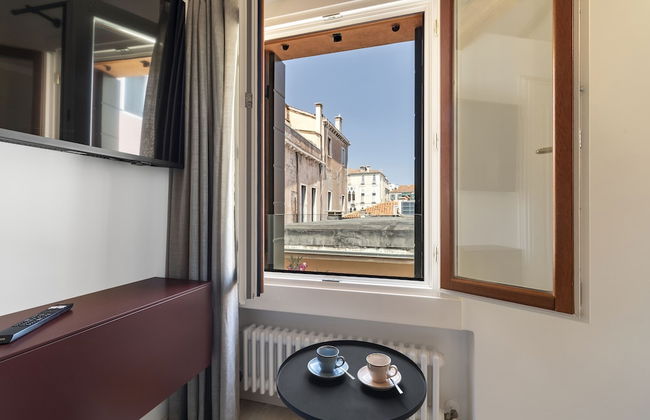
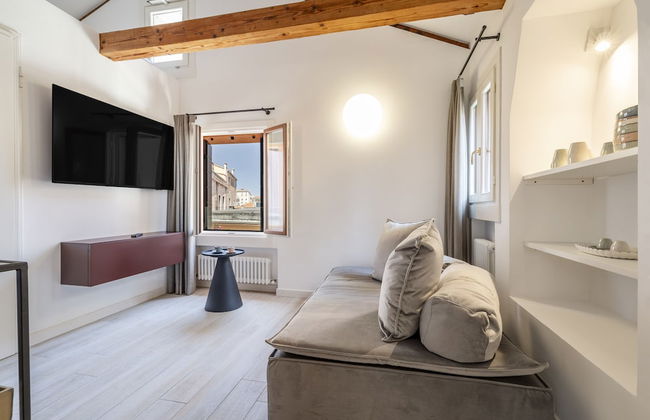

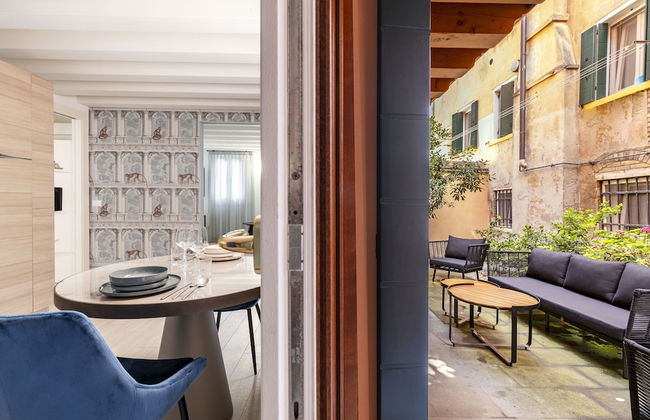
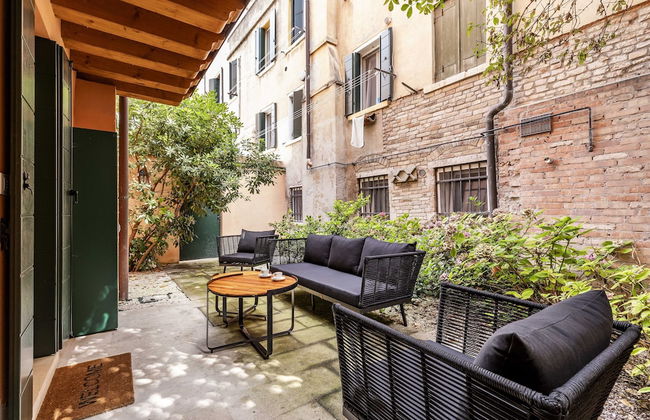
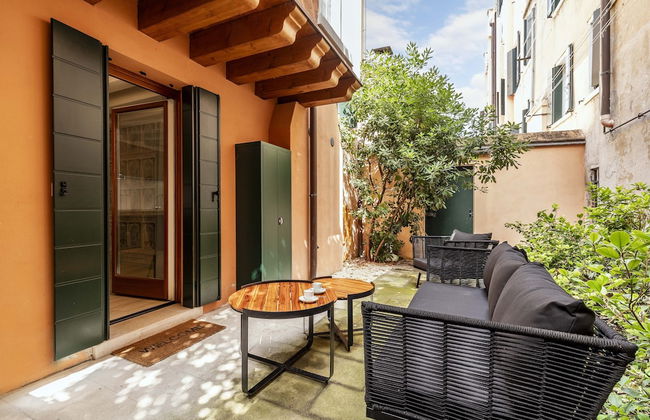
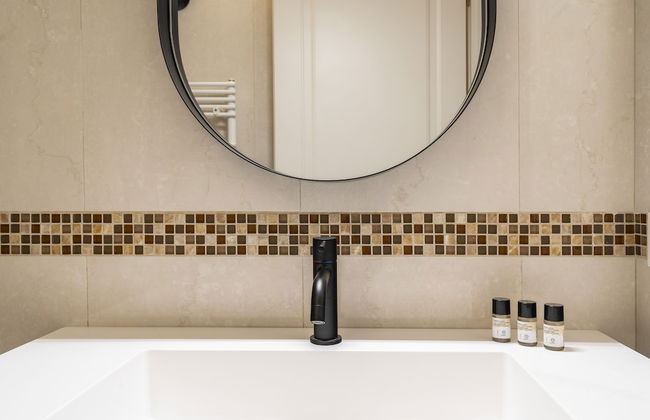
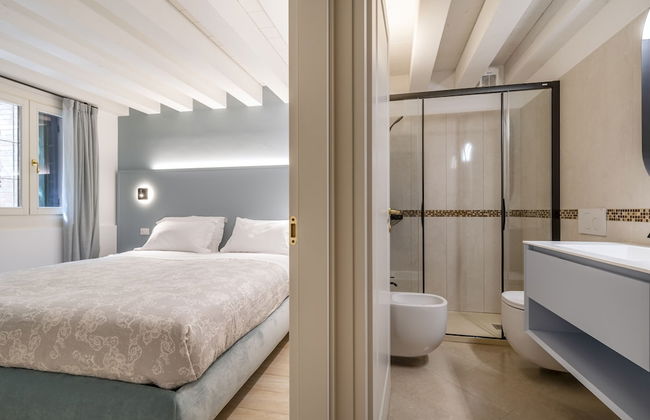
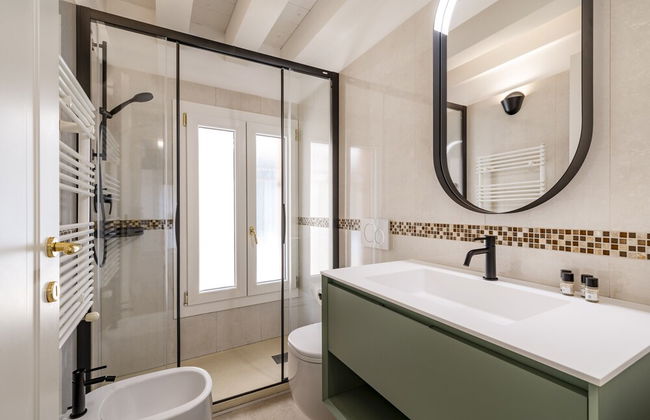
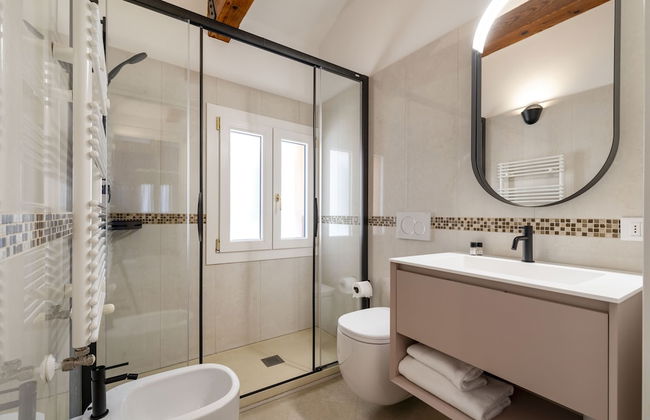

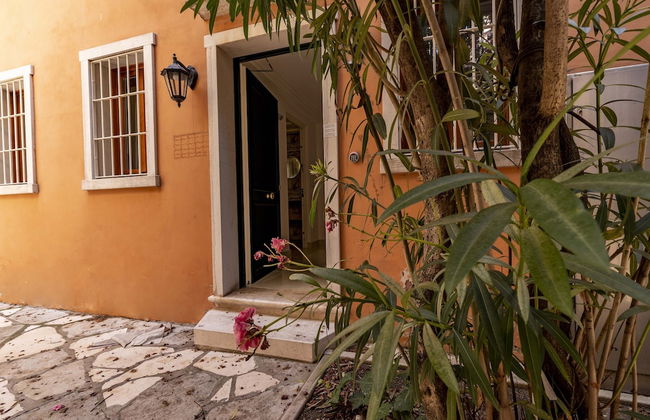
Residence Ca San Carlo
Venice - Sestiere San Marco - 600 m from the center
- 3 people
- Air conditioning
- Heating
- Terrace
- Tv
- Washing machine
- Bath linen
- Bed linen



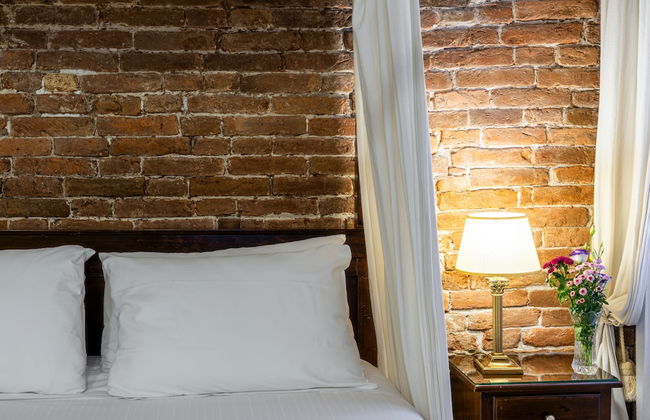




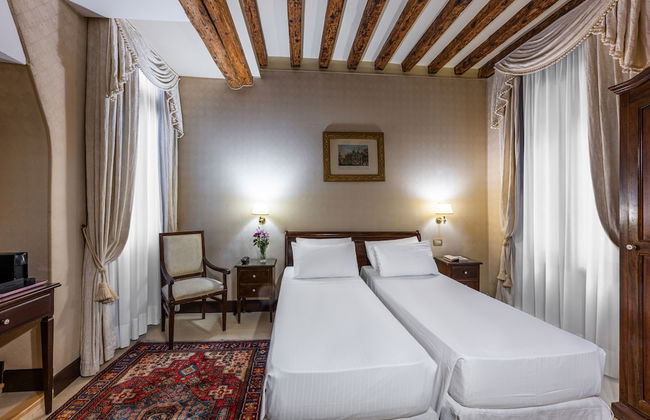










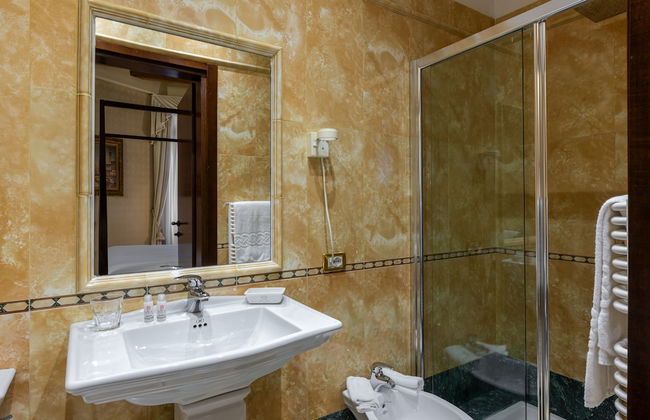



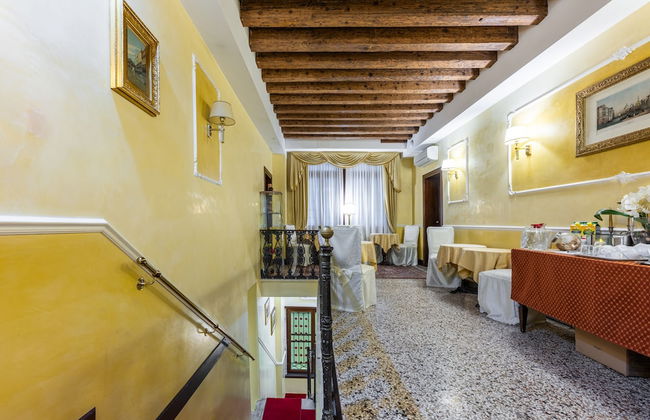


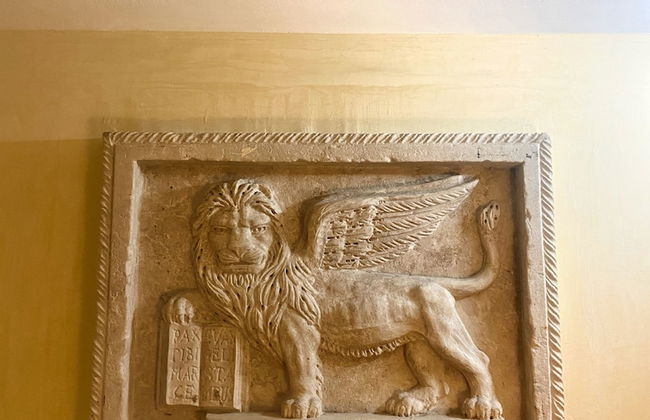

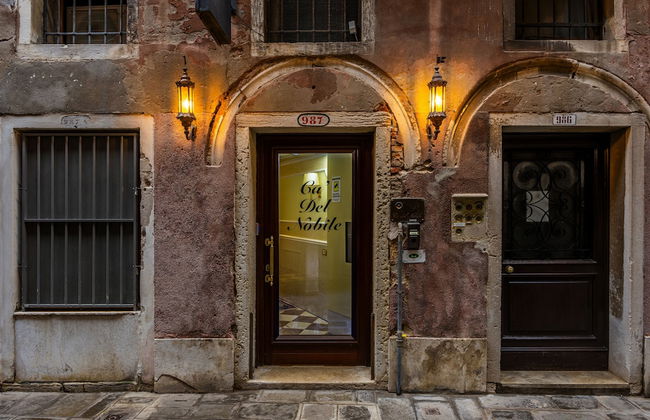
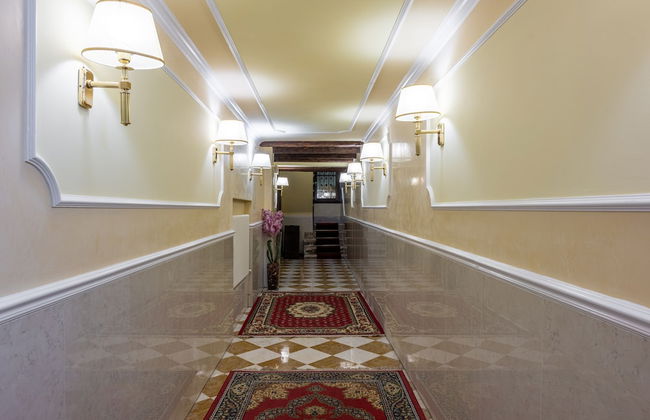



Ca' del Nobile
Venice - Sestiere San Marco - 1000 m from the center
- 4 people
- Air conditioning
- Heating
- Tv
- Bath linen
- Bed linen






































EGO' Residence Venice
Venice - Sestiere San Marco - 830 m from the center
- 27 M2
- 4 people
- Air conditioning
- Heating
- Tv
- Bath linen
- Bed linen











































































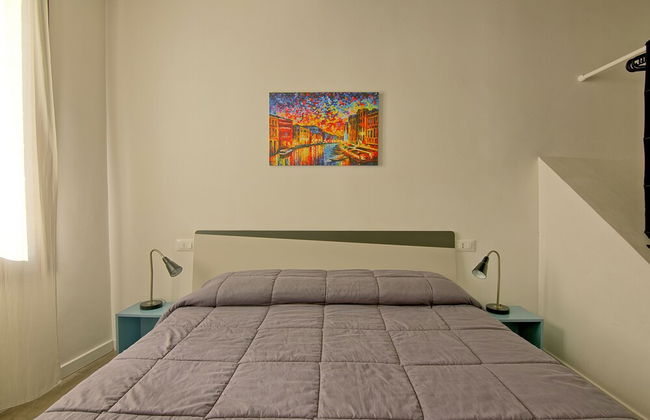















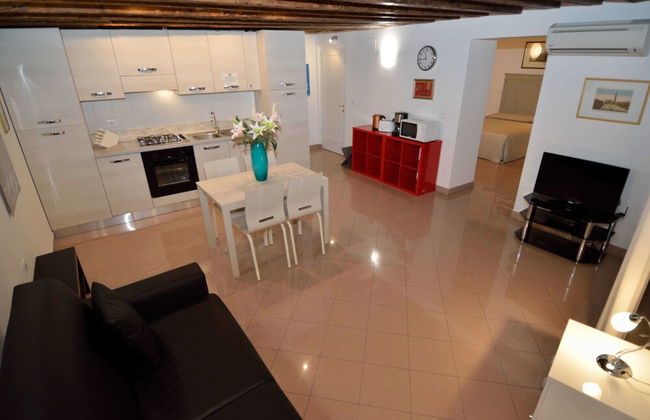
Da Bruno Homes
Venice - Sestiere Castello - 290 m from Ponte di Rialto
- 6 people
- Air conditioning
- Heating
- Terrace
- Tv
- Washing machine
- Bath linen
- Bed linen


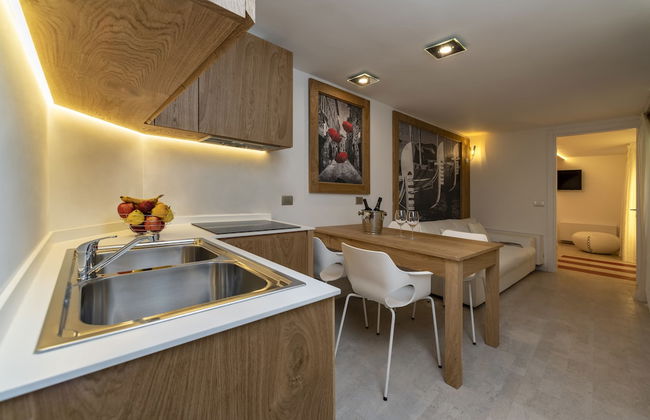










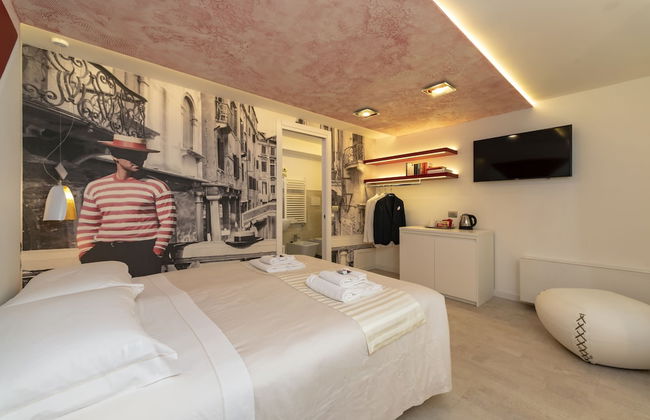



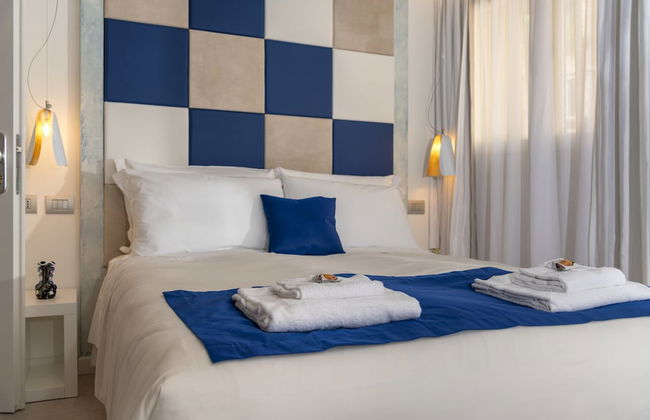








Ca' de la Fonte | WENICE Deep Culture
Venice - Sestiere Cannaregio - 430 m from Ponte di Rialto
- 27 M2
- 4 people
- Air conditioning
- Heating
- Garden
- Tv
- Bath linen
- Bed linen
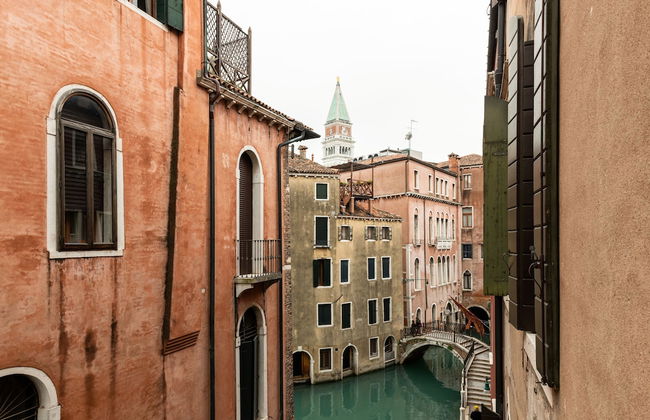


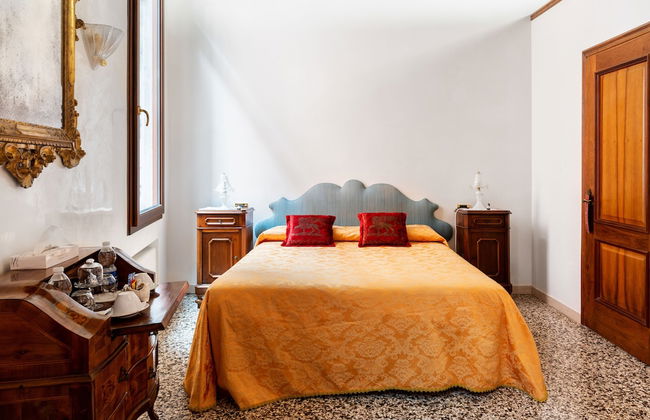





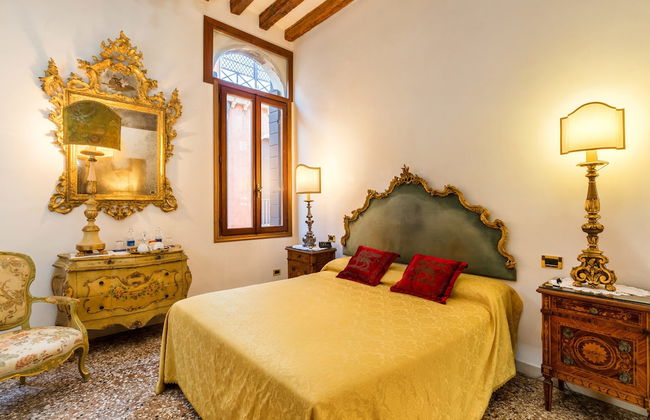
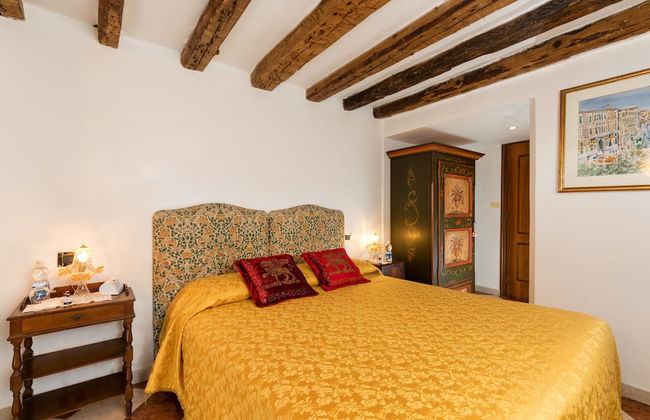

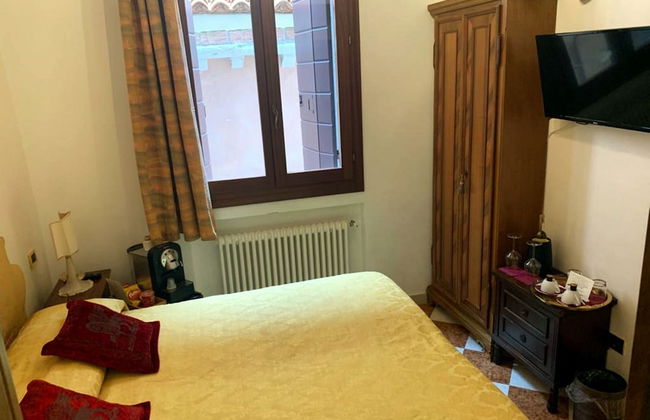

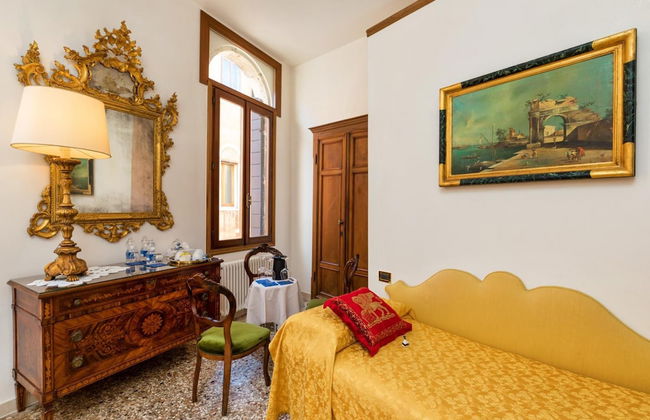





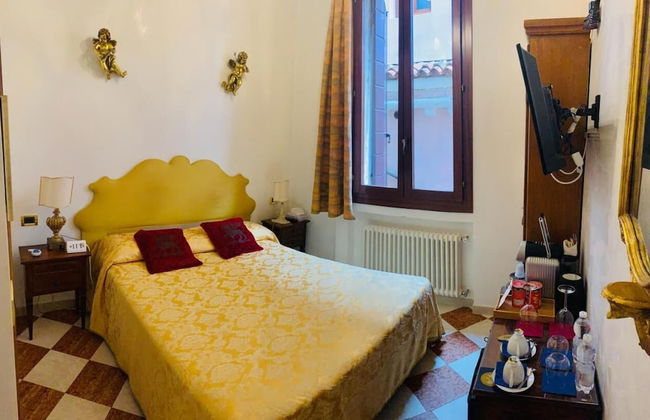

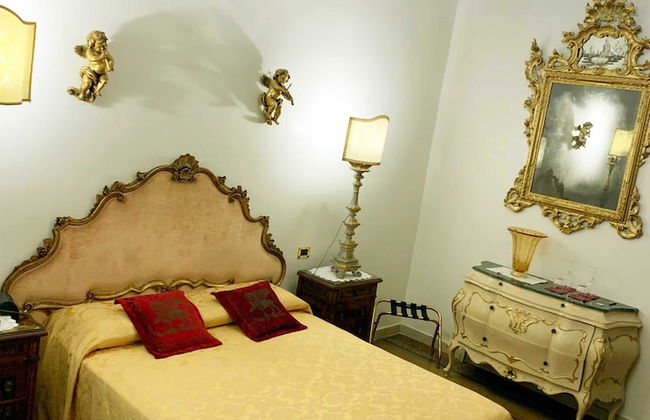
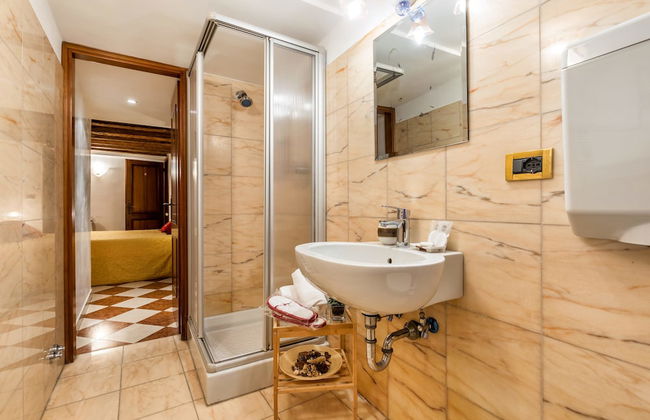



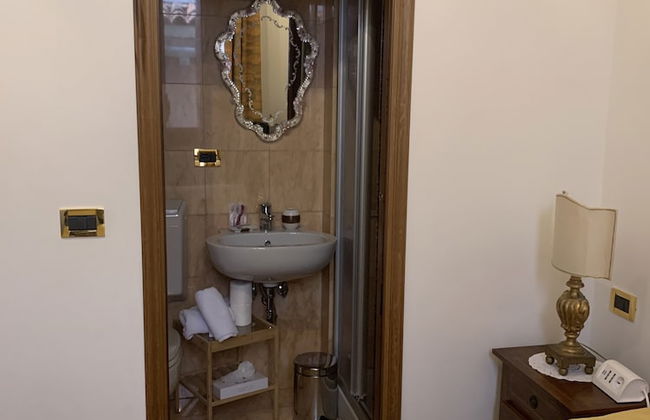



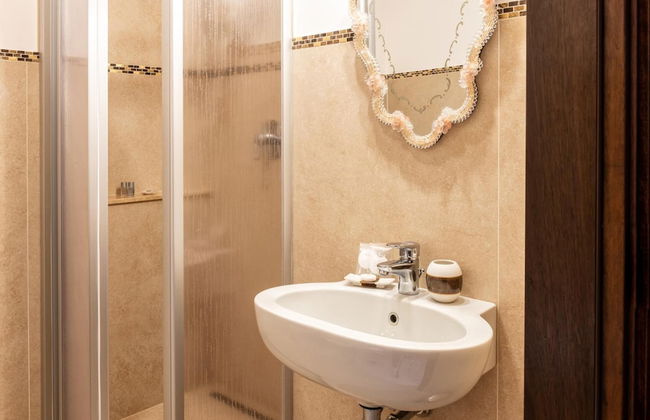

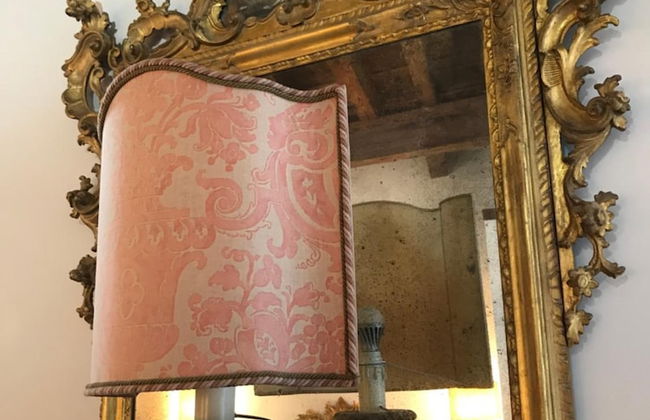

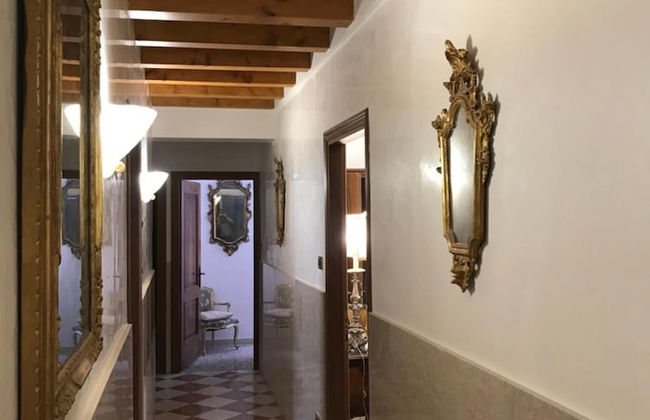




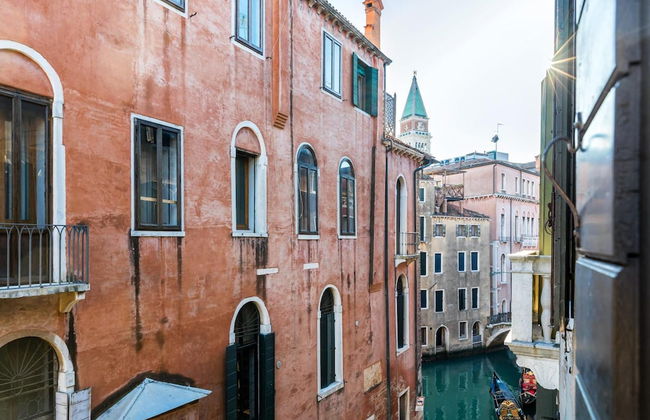
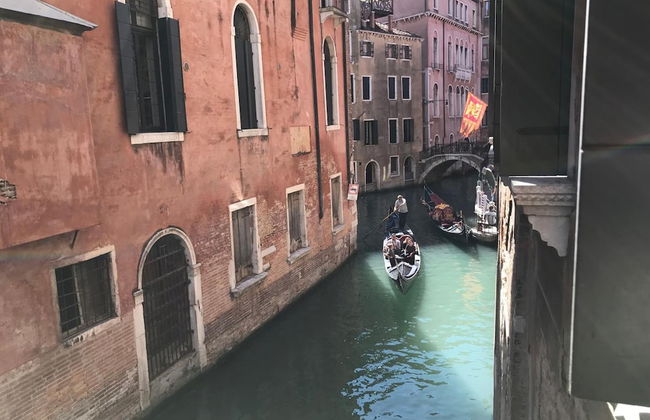
Luxury Venetian Rooms
Venice - Sestiere Castello - 220 m from Ponte dei Sospiri
- 22 M2
- 3 people
- Air conditioning
- Heating
- Tv
- Bath linen
- Bed linen






























Guarana
Venice - Sestiere San Marco - 890 m from the center
- 100 M2
- 5 people
- Air conditioning
- Heating
- Tv
- Bath linen
- Bed linen
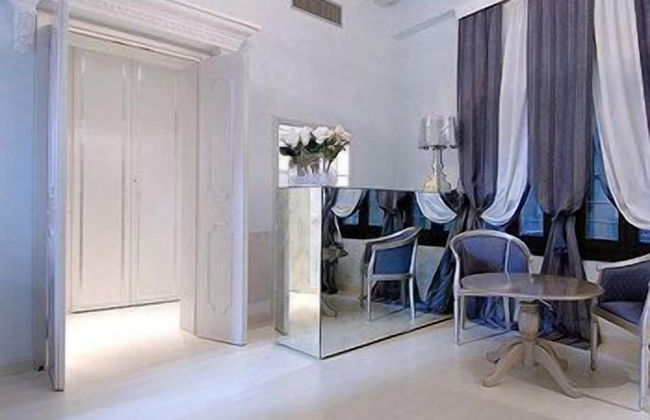

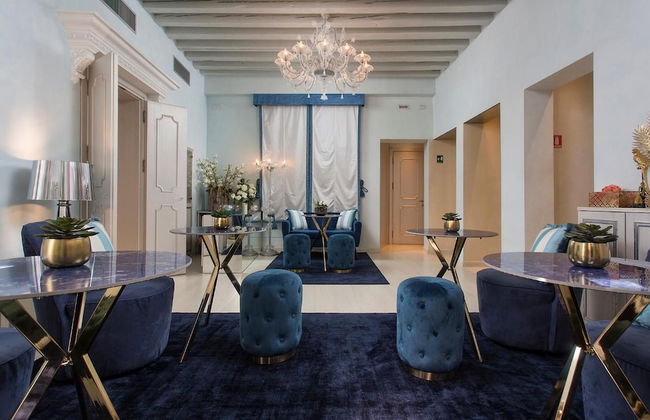
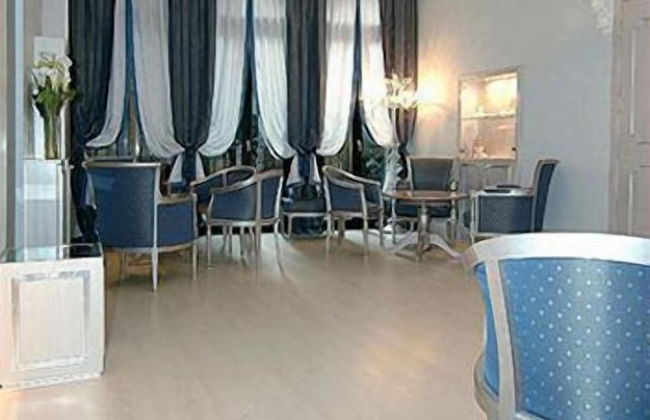

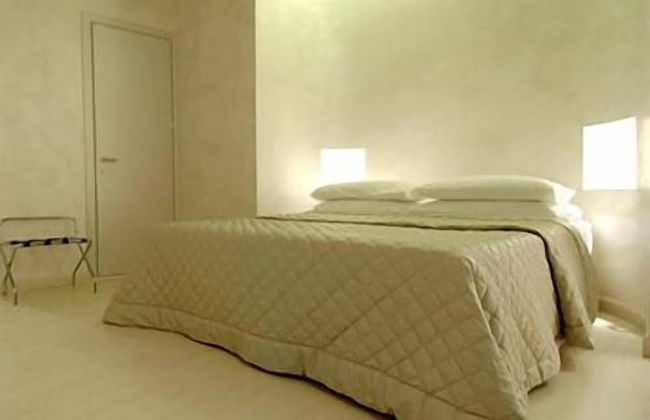
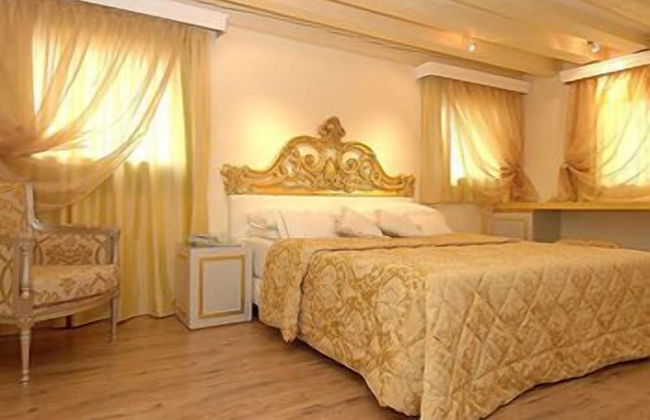
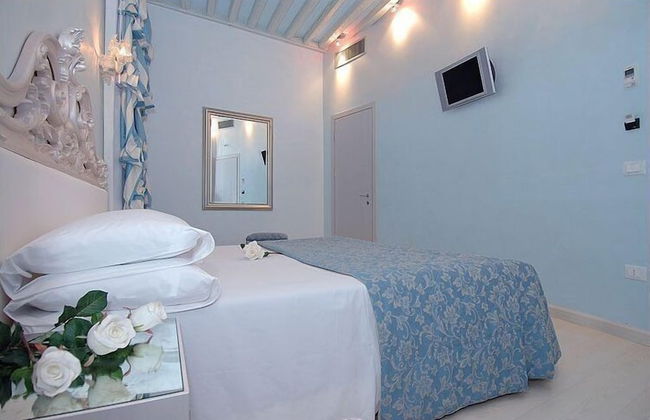
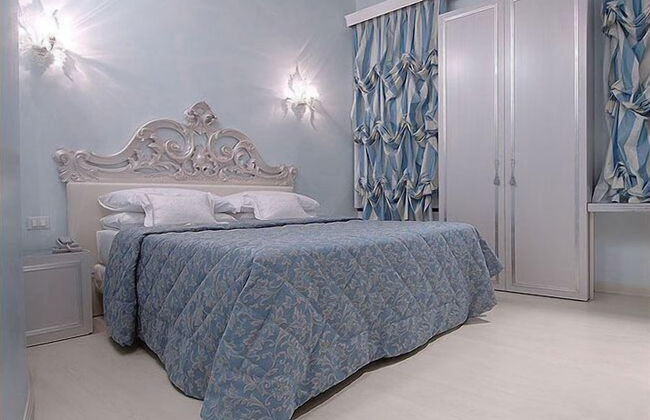


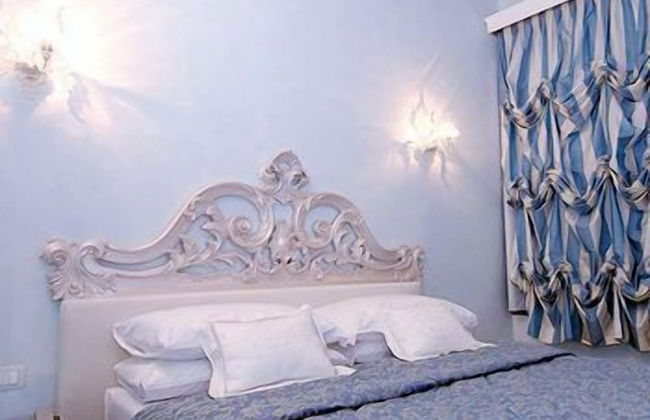


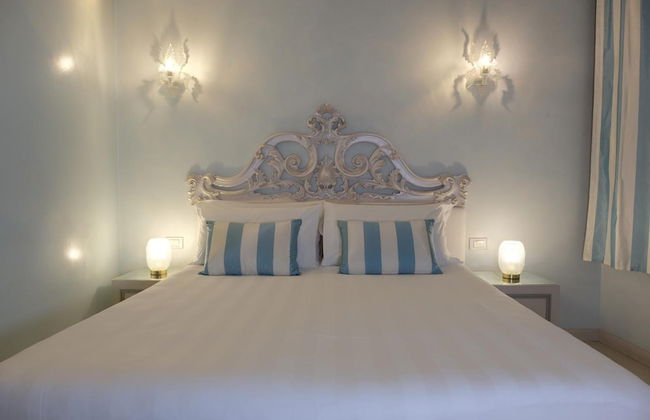


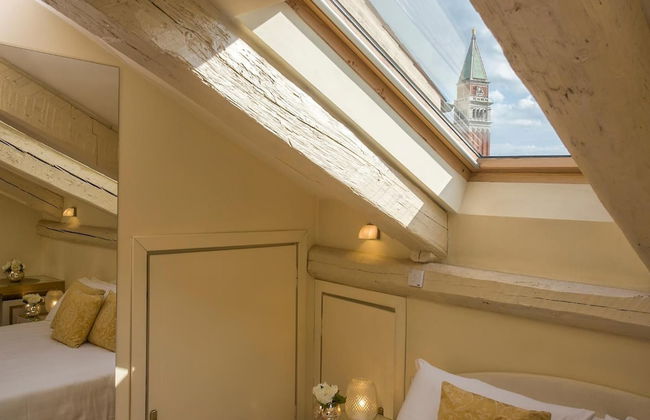
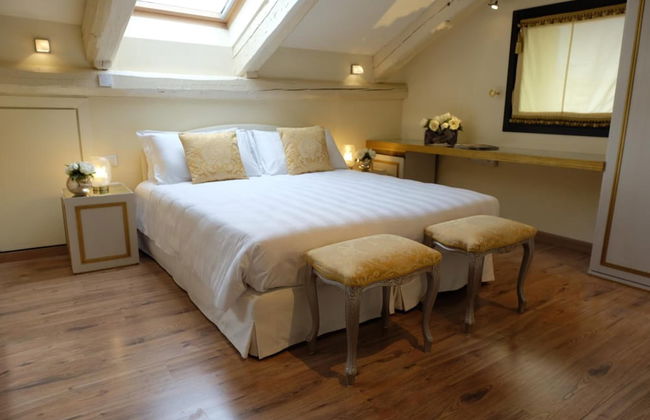
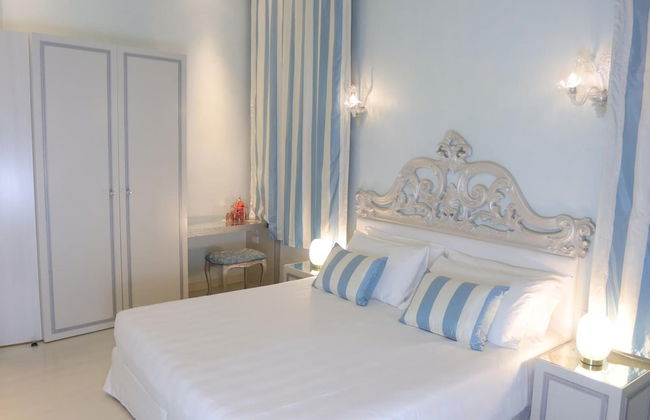

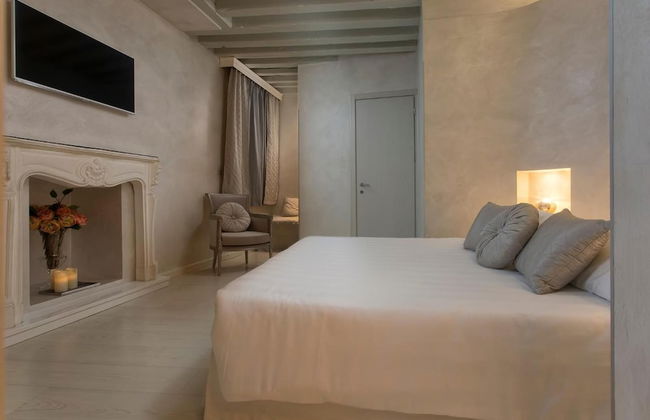
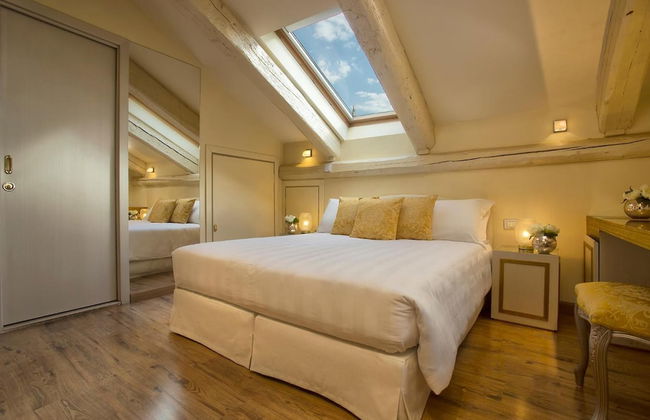
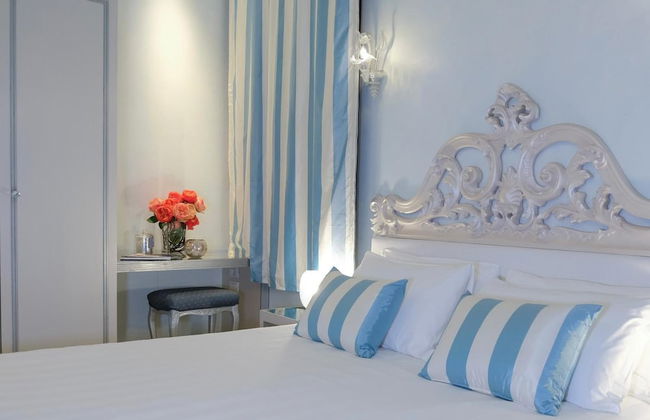
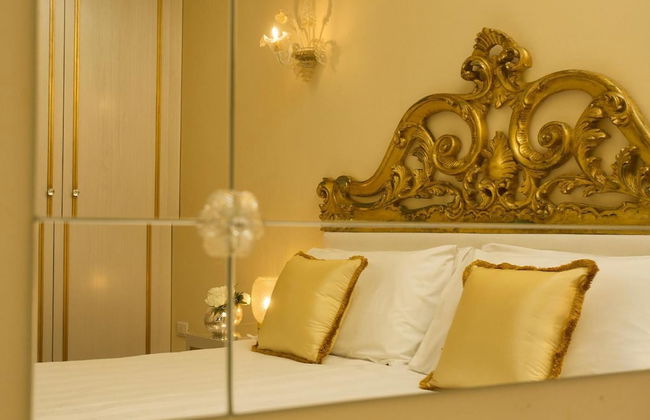
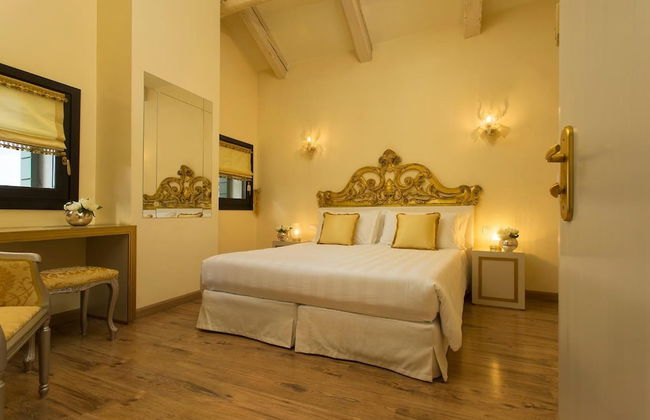
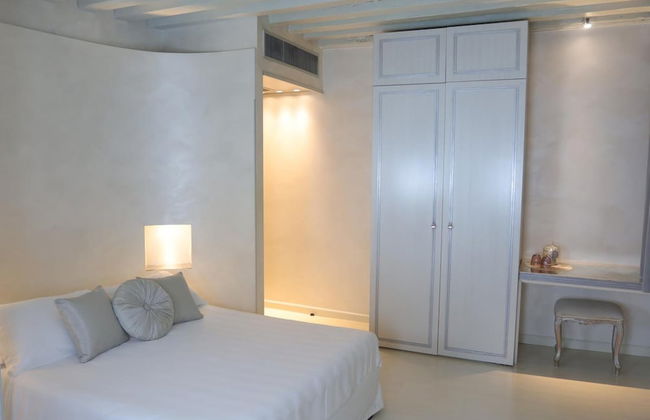

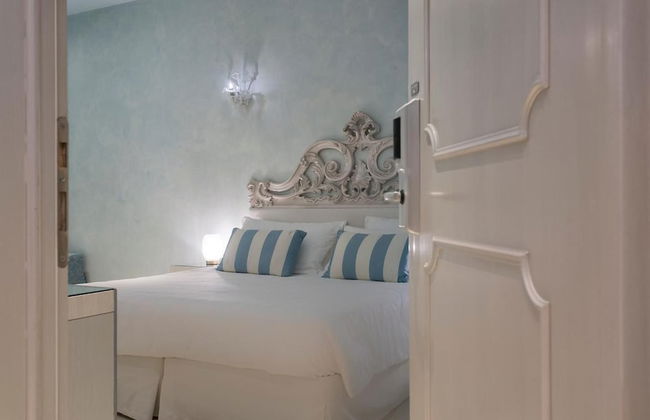
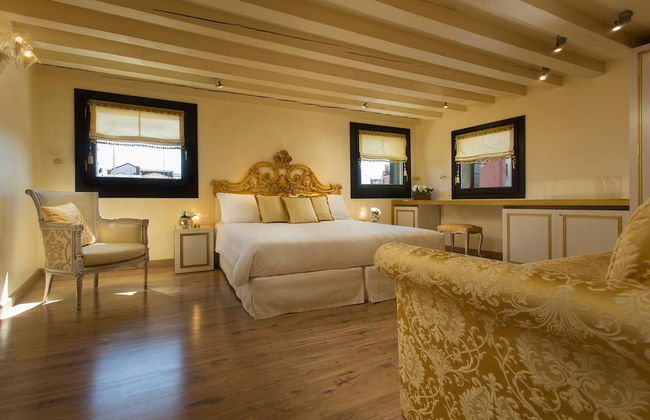
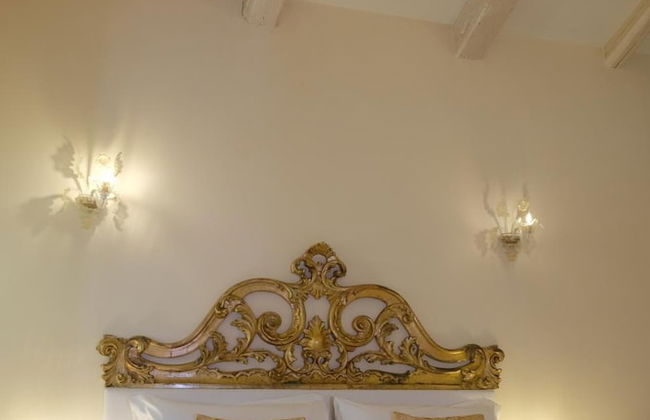

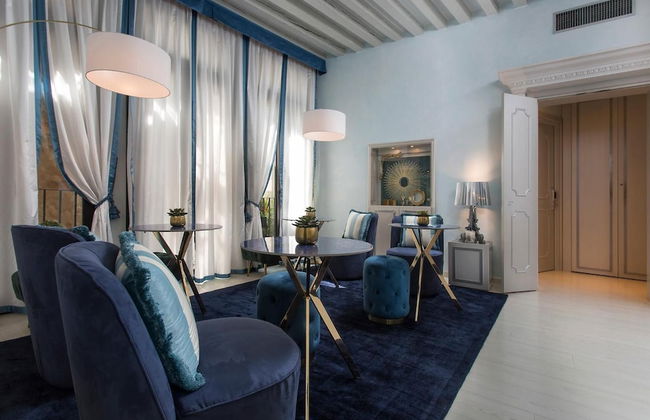
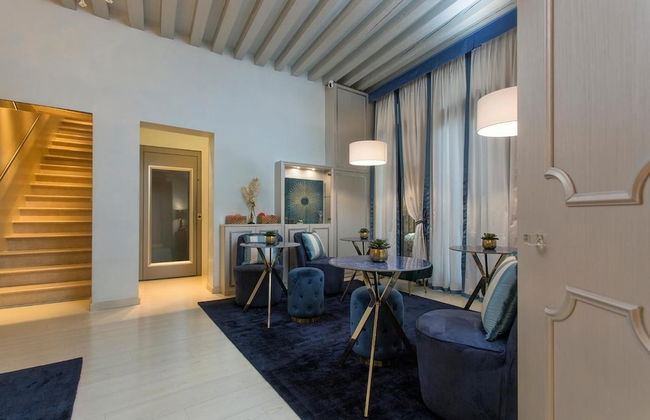
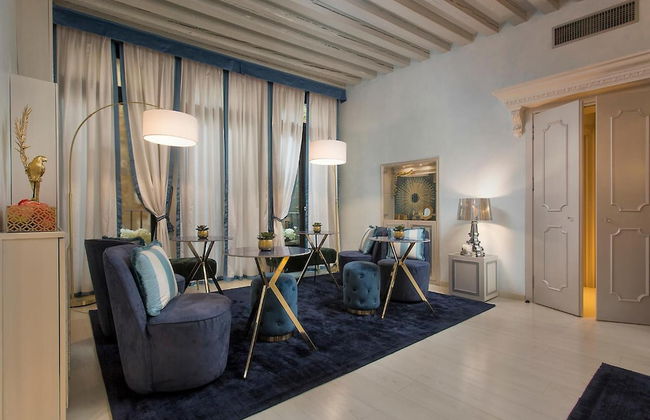
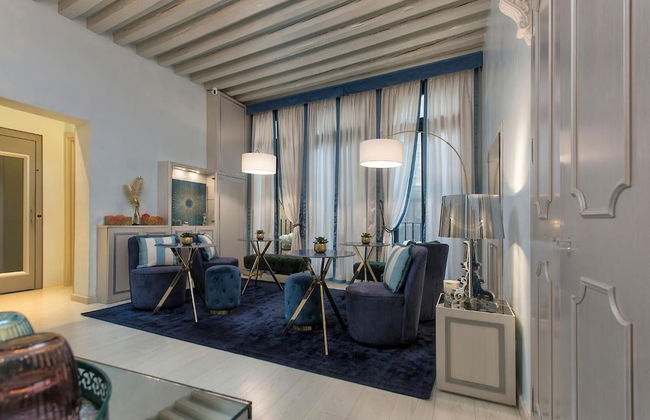

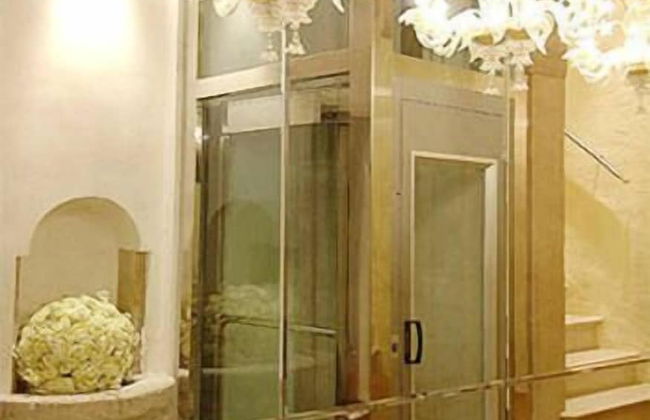
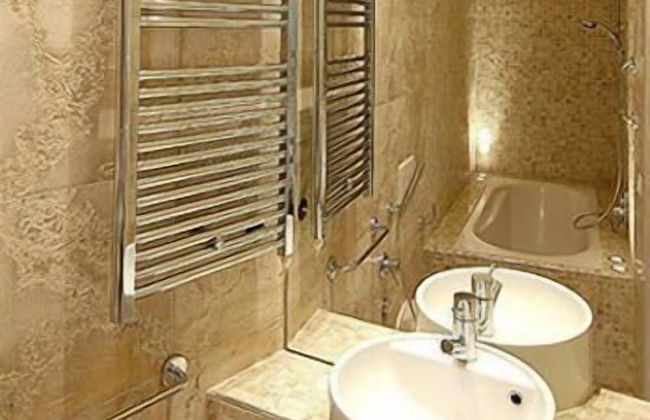
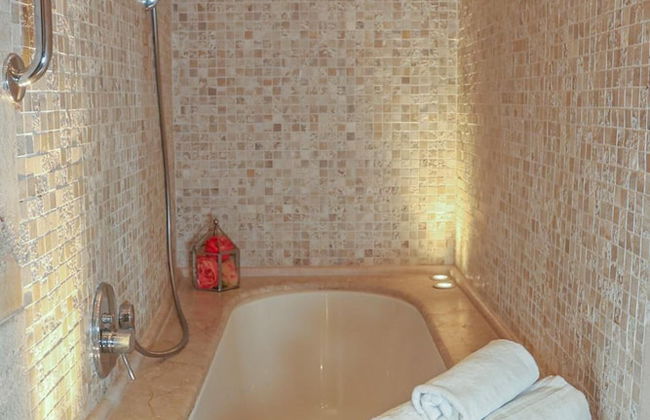
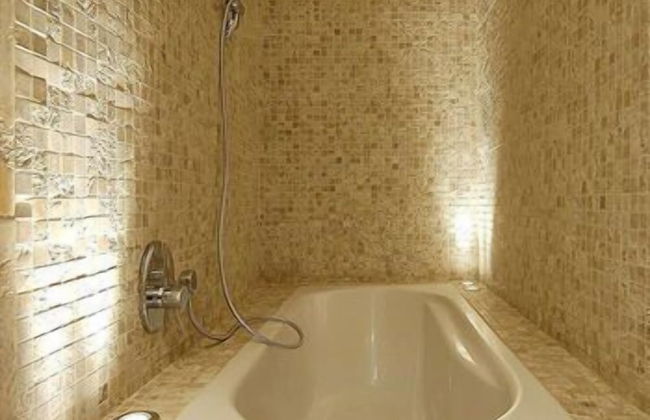
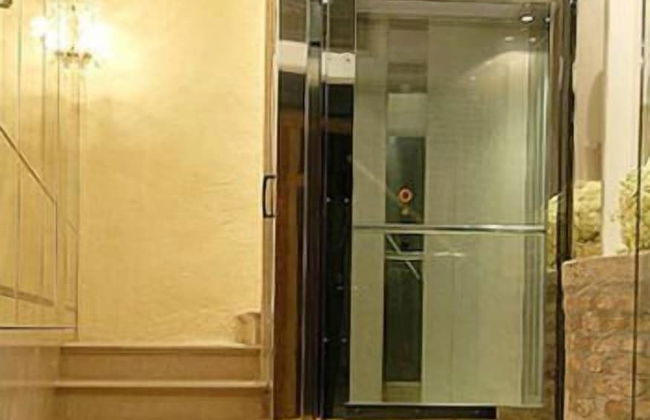
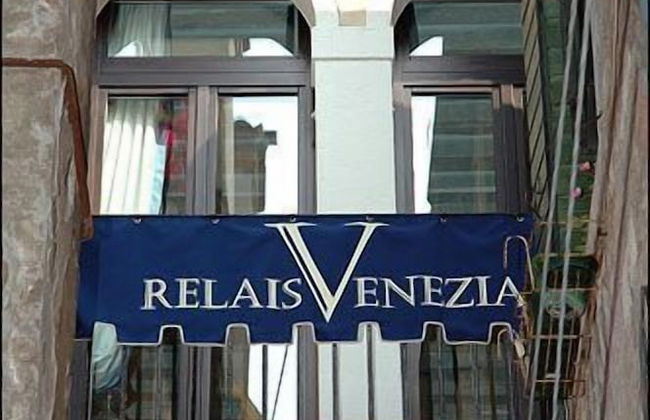
Relais Venezia
Venice - Sestiere Castello - 230 m from Ponte dei Sospiri
- 3 people
- Air conditioning
- Elevator
- Tv
- Bath linen
- Bed linen









































Palazzo Bembo - Exclusive Accommodation
Venice - Sestiere San Marco - 830 m from the center
- 25 M2
- 4 people
- Air conditioning
- Elevator
- Tv
- Bath linen
- Bed linen

























La Fenice Theatre Exclusive Flat
Venice - Sestiere San Marco - 840 m from the center
- 60 M2
- 4 people
- Kitchenette
- Heating
- Tv
- Washing machine
- Bath linen
- Bed linen
















































Locanda Leon Bianco on the Grand Canal
Venice - Sestiere Cannaregio - 910 m from the center
- 80 M2
- 4 people
- Air conditioning
- Tv
- Bath linen
- Bed linen








































La Villeggiatura
Venice - Sestiere San Polo - 610 m from the center
- 33 M2
- 4 people
- Air conditioning
- Tv
- Bath linen
- Bed linen





















Venice Dream House Mercerie
Venice - Sestiere San Marco - 220 m from Ponte di Rialto
- 116 M2
- 8 people
- Kitchenette
- Air conditioning
- Heating
- Parking
- Tv
- Bath linen
- Bed linen





























































Ca' Amadi
Venice - Sestiere Cannaregio - 1000 m from the center
- 40 M2
- 5 people
- Air conditioning
- Terrace
- Tv
- Bath linen
- Bed linen
Apartments Close to the Rialto Bridge: Comfortable Accommodation
Venice and its bridges are an allegory to the glorious past of this city of kings, artists and dreamers. The Rialto Bridge is one of Venice's bridges. A must see for visitors, it is the oldest of the four bridges that cross the Canal Grande and thus is the most famous bridge in the city. Its name comes from the Latin Rivoaltus, which means solid ground, free of floods. Its origins date back to the mid-13th century, when there was an increase in the transit of people and goods to the Rialto Market. At that time, a lot of movement took place across a floating bridge named Ponte della Moneta. A wooden bridge with two sloping ramps that joined in a central section, which could be raised to let boats pass through, replaced it.
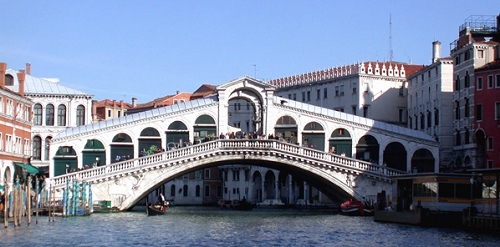
The Ponte della Moneta bridge was associated with the area and the market and was thus named Rialto Bridge. It was burned down at the beginning of the 14th century in Bajamonte Tiepolo's unsuccessful revolt. In 1444, it collapsed under the weight of a crowd and was rebuilt in 1524, only to collapse again. The idea to renovate it came about 27 years later. On this occasion, various famous Venetian architects presented their ideas but they were all rejected as being unsuitable.
Fifty years passed before the bridge was reconstructed in the form of an arch. Antonio da Ponte designed and built it between 1588 and 1591. Da Ponte used the original bridge as the basis for his idea. His design comprised of two sloping ramps that lead up to a central portico. On each side of the portico there was a row of local shops topped with rounded arches. It is on a base of 600 wooden poles that support the structure and is 28.8-meters long and 22.9-meters wide.
The design and structure of the bridge caused great controversy and there were even doubts as to whether it would be able to withstand the weather. The architect Vincenzo Scamozzi predicted future ruin.
The image of the Rialto Bridge is so iconic that almost all films set in Venice include an image of it. An example of this is Fellini's Casanova, which was filmed in the Cinecitta Studios. A replica of the bridge was used due to the cost of filming outside.
Due to its cinematic appearances, the bridge became so famous that New York's most important cinema hall in the 1920's was named Rialto.
Accommodation Close to the Rialto Bridge
Taking a trip around Venice's canals and bridges is always a pleasurable experience, not only because of the murmur of the water but also because of the history-laden streets. Accommodation close to the Rialto Bridge and in Venice in general is varied and there is a very high demand, particularly in spring and summer. There are pompous, magnificent 5-star hotels located in incredibly beautiful buildings, however the prices of this type of accommodation are not within everyone's reach. Tourist apartments available to rent are an ideal alternative to luxury hotels. Staying in apartments is becoming more and more popular, as there are many advantages and only a few disadvantages. All of the family can stay under one roof and, if you do not feel like cooking, you can order an authentic Italian pizza to eat in the comfort of the apartment. If you rent one of our apartments close to the Rialto Bridge you can enjoy the relaxed pace of local life, which is in contrast to the usual fast pace of tourists. Italian people are generally very open and talkative and you can hear neighbors talking while they hang their washing out in the street, or smell recently brewed coffee that has been made early in the morning.
Things to Do Close to the Rialto Bridge
- The Rialto Market dates back to 1097 and is a delightful fusion of colors and scents. A fire destroyed it in 1547 and it was rebuilt along with the surrounding buildings. You only need to cross the bridge to get there.
- The San Giacomo di Rialto Church is a small church. It has noteworthy pieces of art and a clock that sets it apart from the other churches in the city.
- Il Gobbo di Rialto, or the Hunchback of Rialto, is a stone pulpit that was used by Venetian town criers to read out prison sentences. It also had offensive or satirical notes attached to it. The authors of the notes signed them with the name "Gobbo". It was sculpted by Pietro di Saló in 1541 and features a man hunched over while supporting the weight of the pulpit on his back. It is located on Piazza San Giacomo, the oldest square in Venice.
- It took a century for the Basilica di Santa Maria Gloriosa dei Frari to be built. Construction started in the 14th century. It features the second highest and most famous campanile in the city. Its treasures include the Assumption of the Virgin by Titian, which is at the main altar, and mausoleums by Titian and the sculptor Antonio Casanova.
- The Church of St. Roch (San Rocco) is next to the Scuola Grande di San Rocco , in Campo San Rocco. The school and church appeared in 1478, when they were built by a group of Venetian citizens who were helping people that were suffering from the plague. In 1548, Tintoretto was asked to decorate the walls. The art in the church includes four frescos by Tintoretto and a canvas by Titian.
All of these gems and works of art are close to the apartments that we have available close to the Rialto Bridge. Just take a look at our catalogue and rent the one that you like the most. We recommend that you reserve in advance, as there are a limited number of apartments available.
How to Get to the Rialto Bridge
The Venice -- Marco Polo Airport is located 8 kilometers away from Venice. The No.5 bus stop is at the exit. This bus will drop you off at Piazzale Roma, where you can take the No.1 or No.2 vaporetto (water bus) . You can take a taxi from the exit of the airport to Piazzale Roma, where you must continue your journey by vaporetto or water taxi. The water taxis are clearly labeled.
